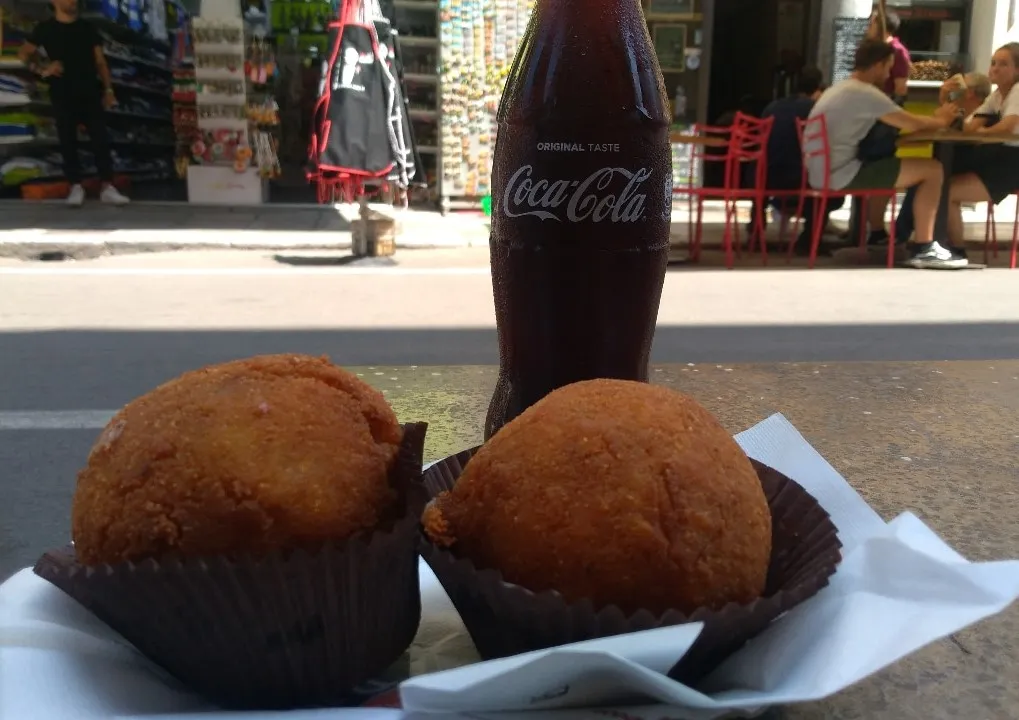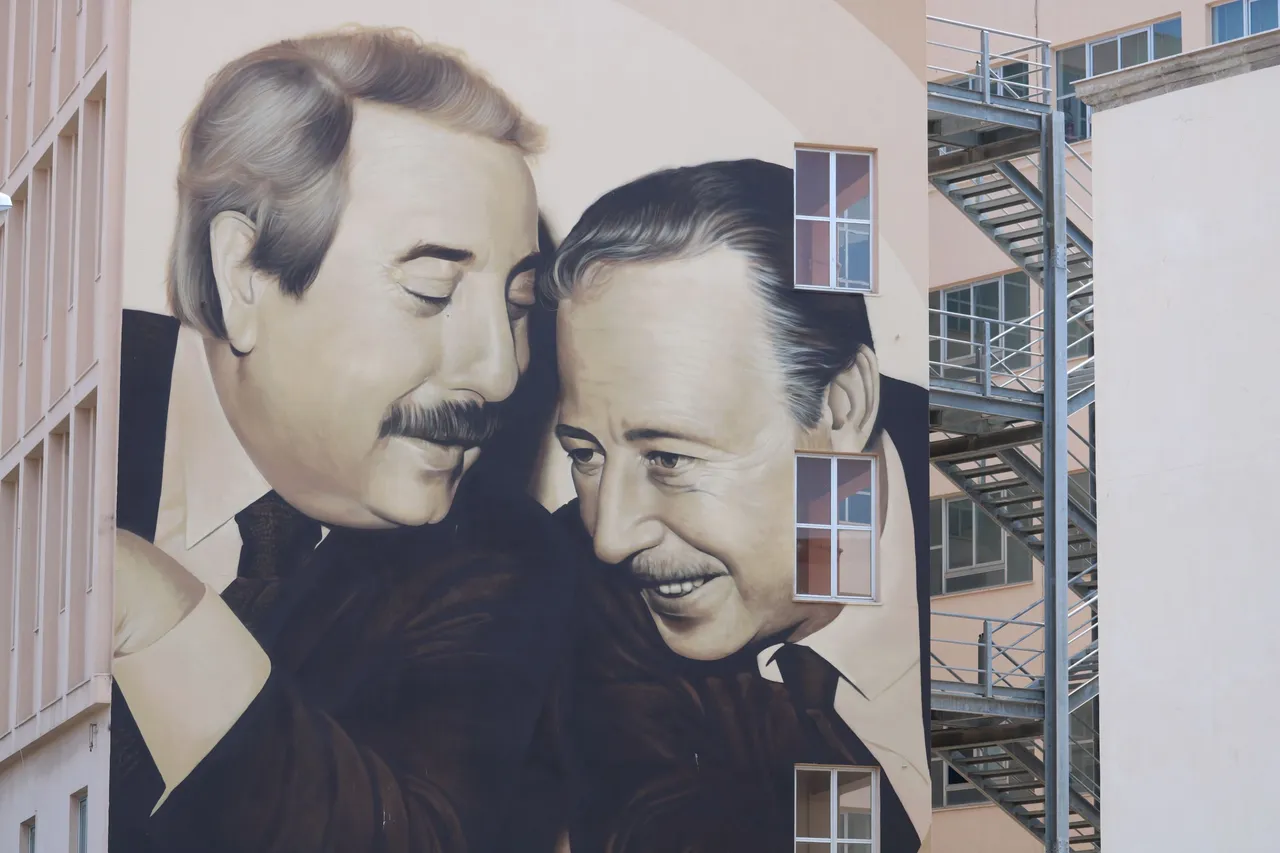Ciao, people of HIVE!
Let's continue with the report of my trip to Sicily. Today, in particular, I want to tell you about the days I spent in Palermo, the capital of the island.
Since I generally prefer landscape photography, and given that some photos from my 2018 trip were lost, I've decided to approach this article a little differently than usual. Today, I’ll list the 6 things I loved about Palermo. I'm also trying this as an experiment — let's see if you like it.
The Endless Cultural Heritage
Given its central position, Sicily has often been contested by the great powers of the Mediterranean. As a result, Palermo, the capital since Arab times, was a cosmopolitan city in the truest sense of the word, especially during the Middle Ages. Before the discovery of America and maritime routes to India, the Mediterranean was a key area for global trade, with exchanges passing from north to south and from west to east, often mediated by the Arabs and the Silk Road.
Phoenicians and Carthaginians, Greeks, Romans, Byzantines, Arabs, Normans, Spaniards: these are just a few of the peoples who have passed through the island, always leaving a legacy, and it’s something you can perceive in every place of Sicily.
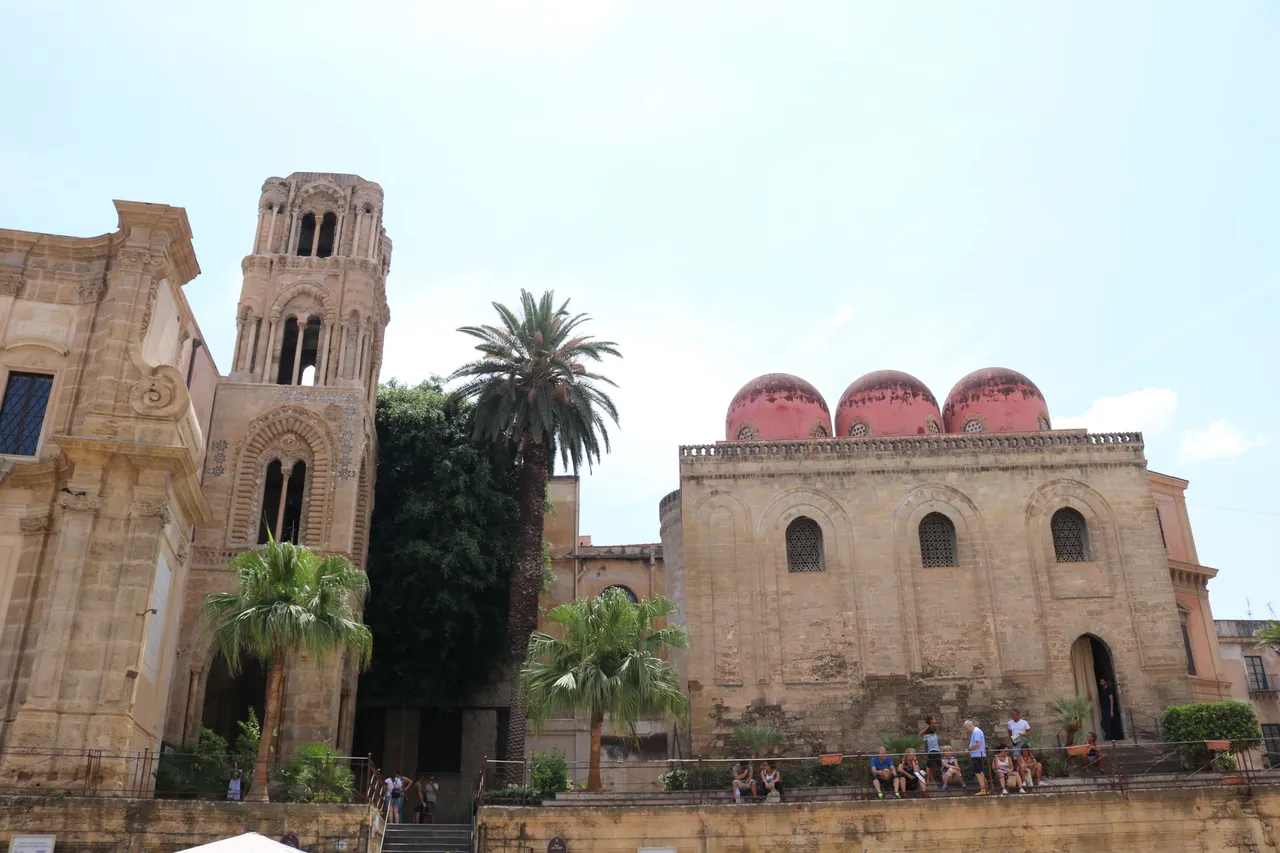

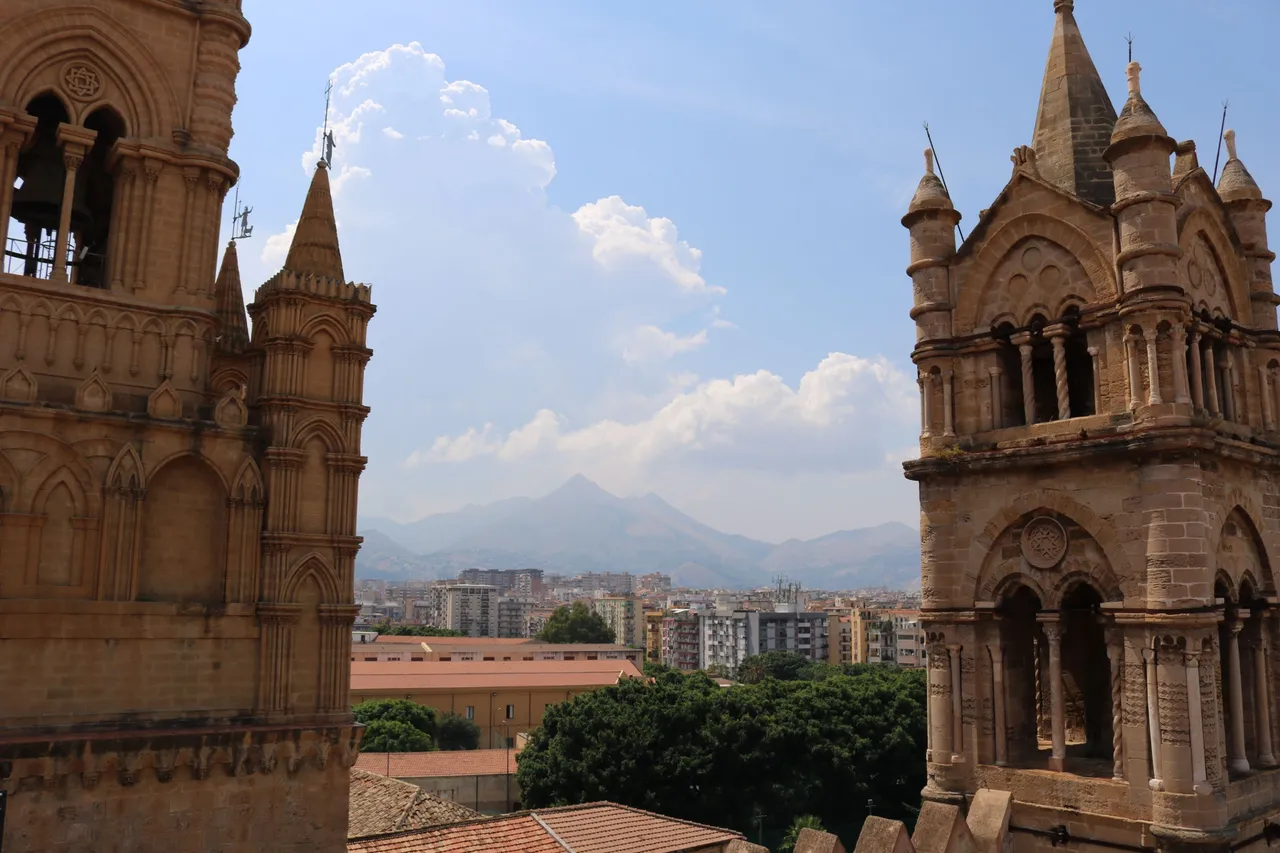
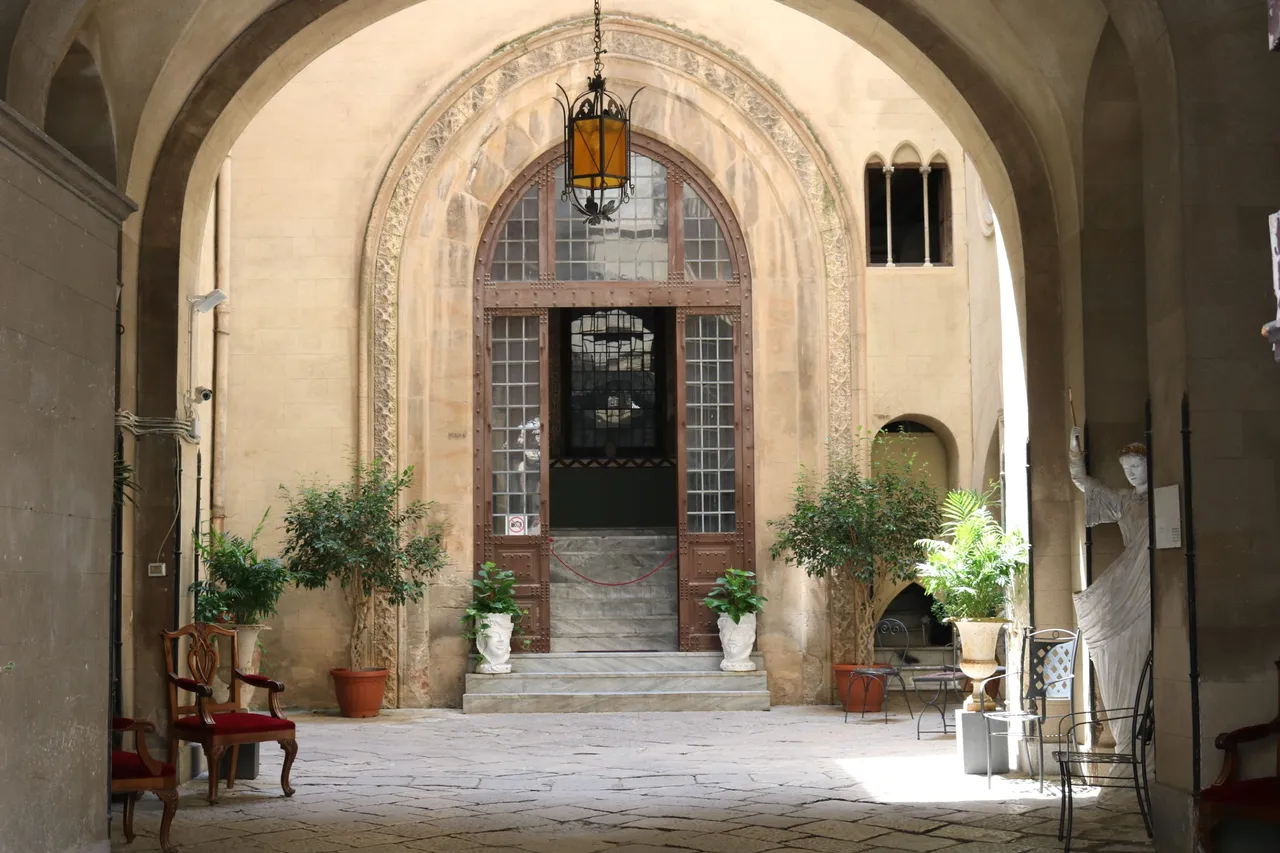
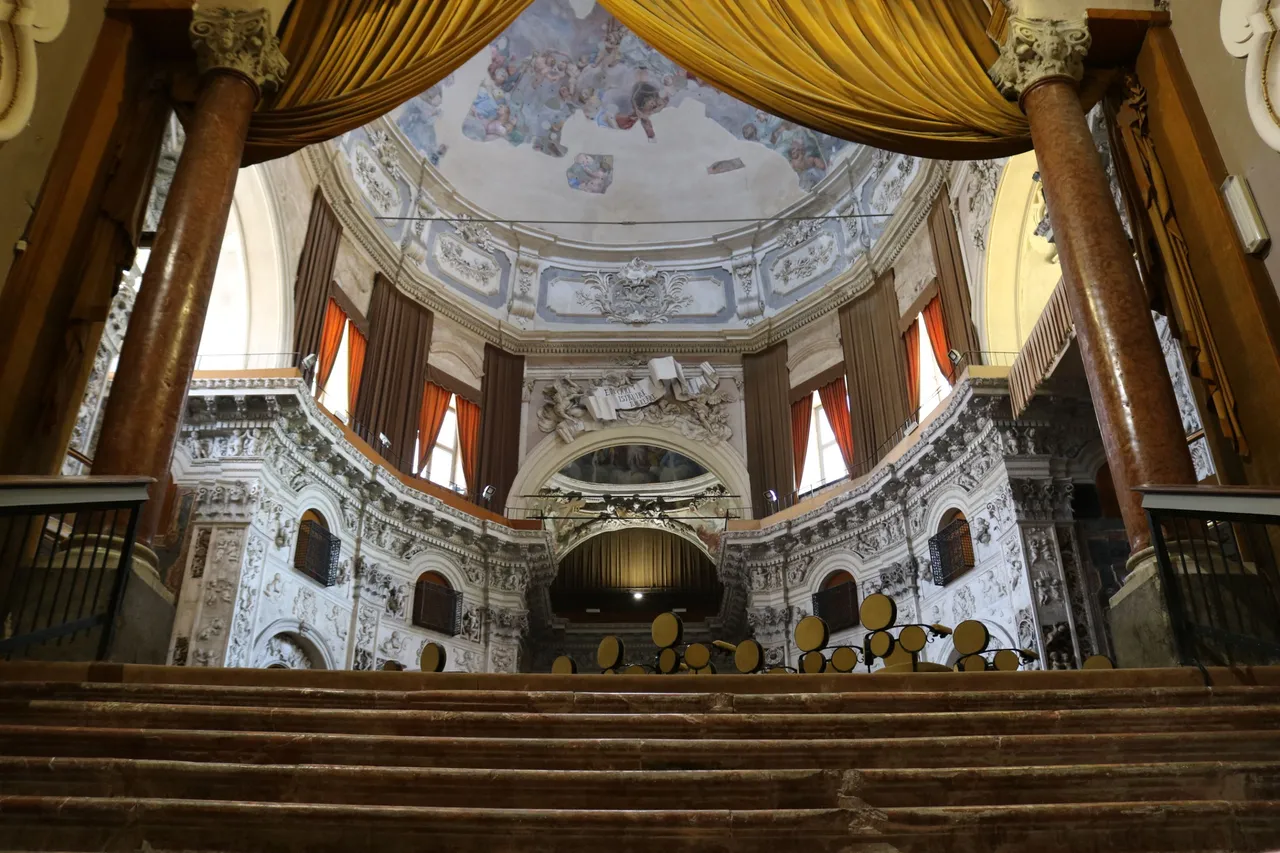
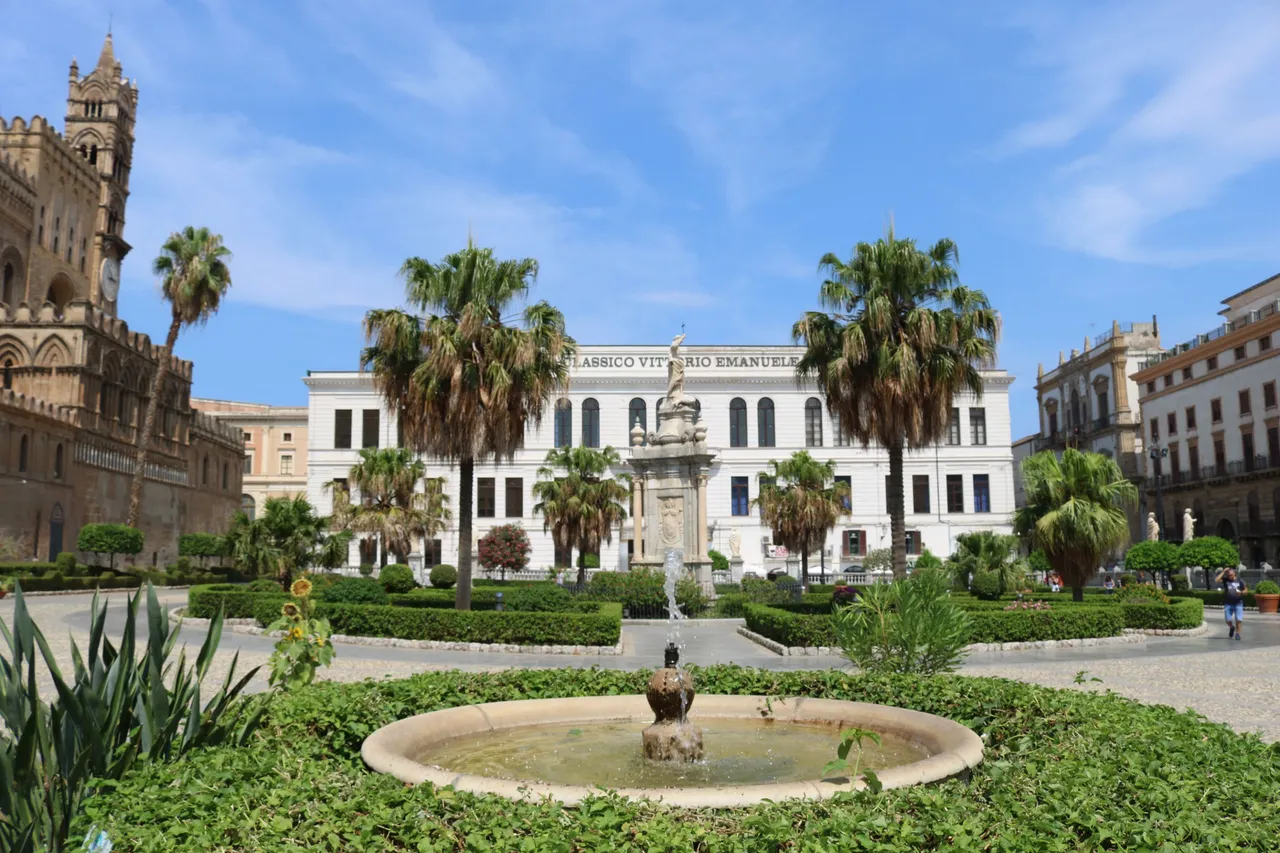

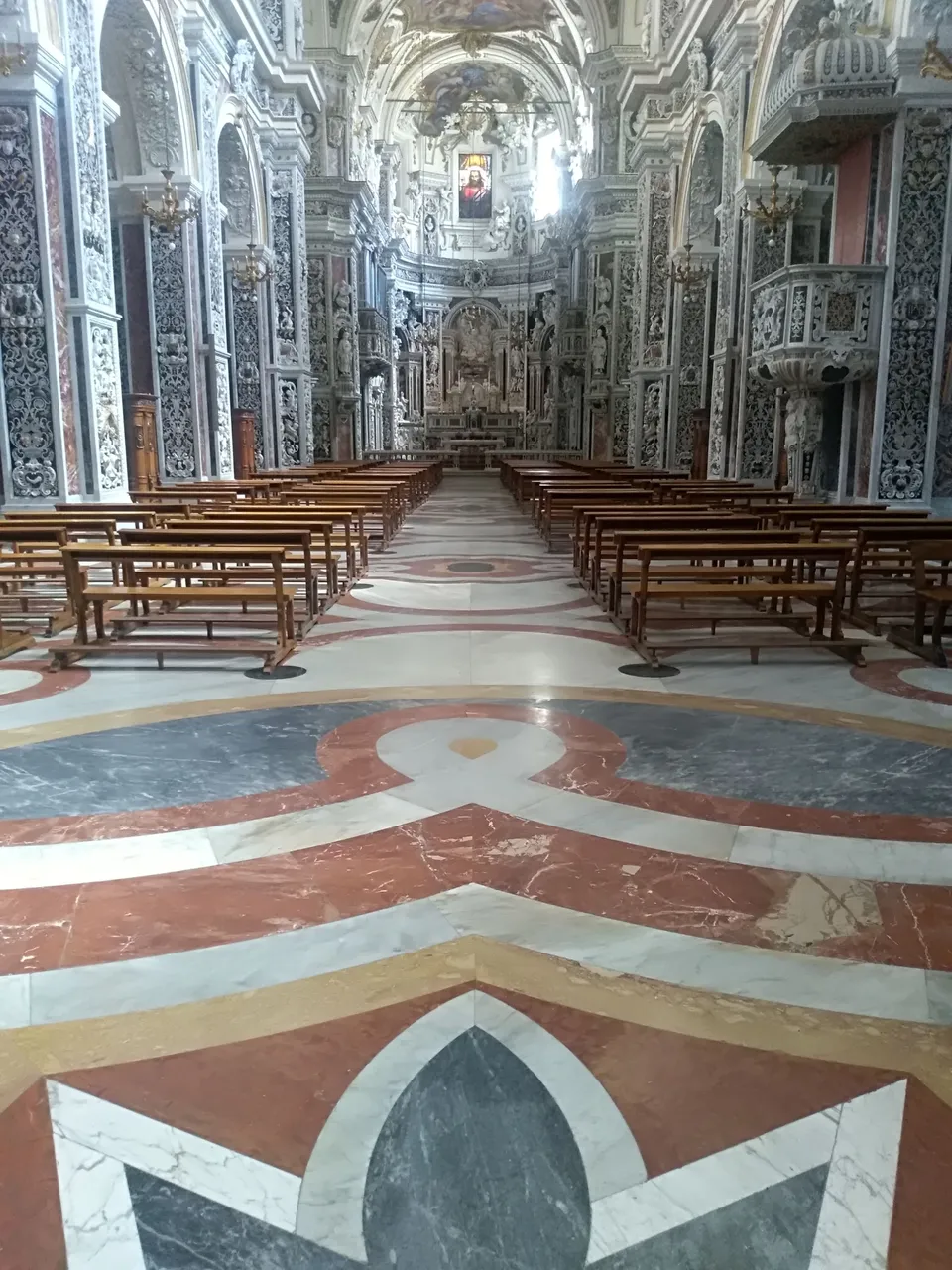
During my walks, I often stopped to admire the details. In just a few meters, you can find buildings from different eras and opposite styles. Despite this, time has allowed all these legacies to blend together, giving us a unique heritage: domes and battlements in an Arabesque style, Byzantine façades, Moorish arches, bell towers reminiscent of medieval France and gardens that smell of Africa.
The Cathedral

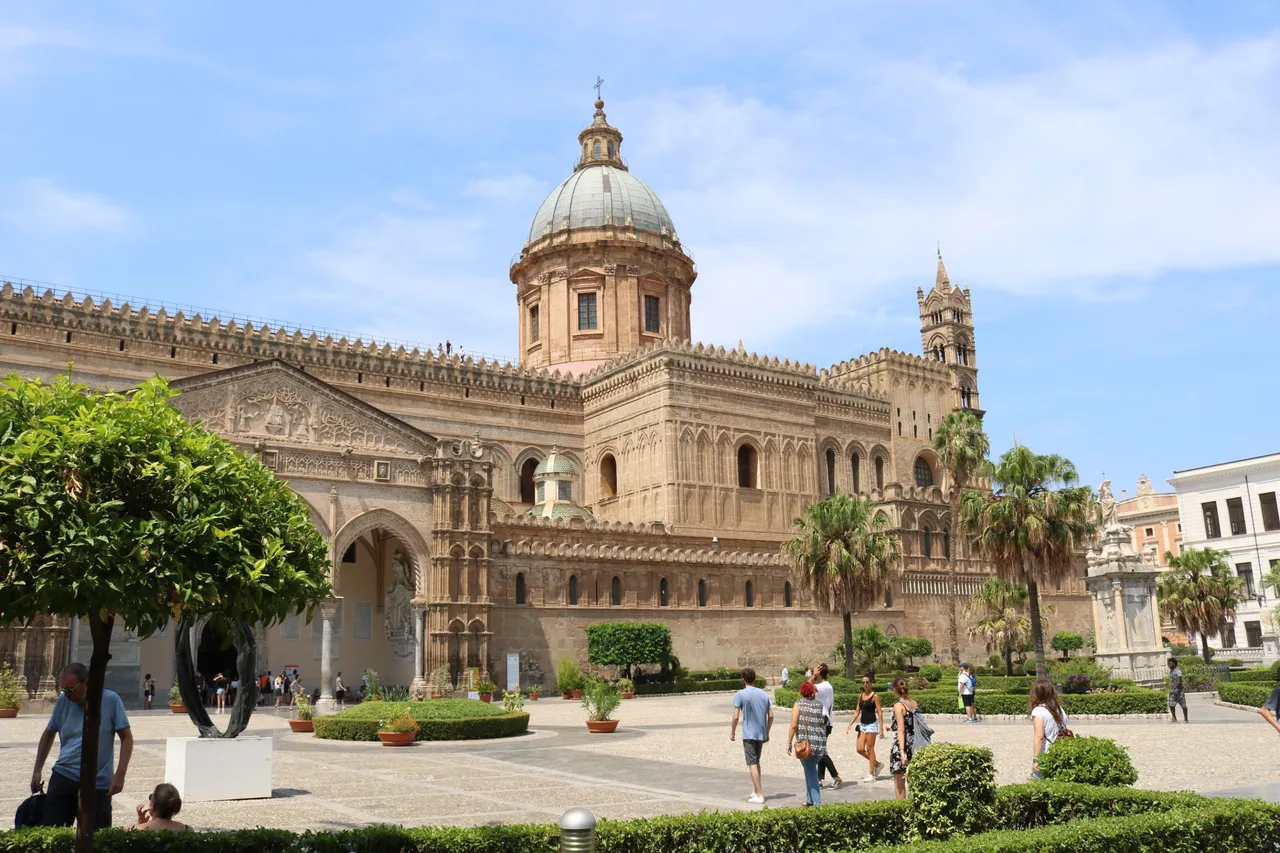
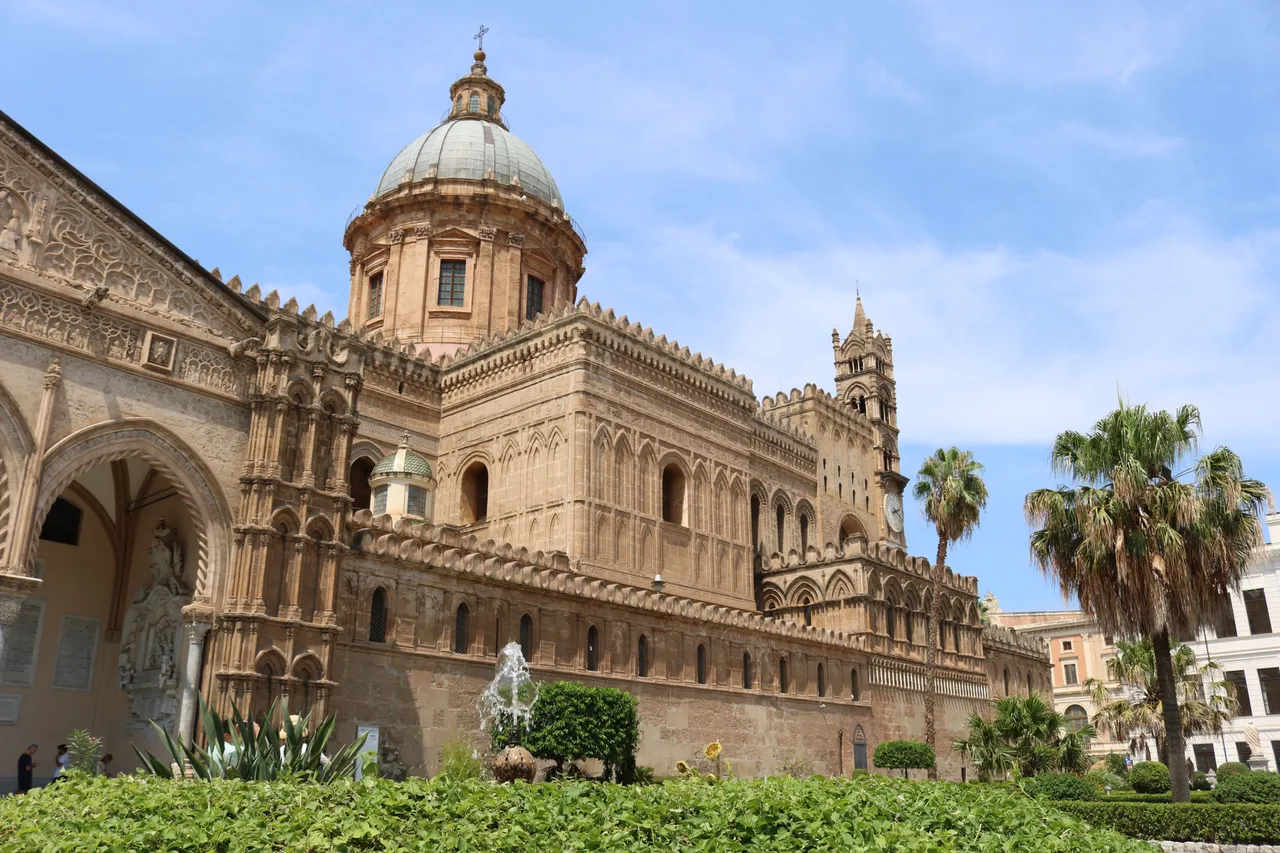
I found it absolutely stunning. Construction began in 1185, and it’s a perfect example of architecture that blends Norman and Arab influences. For this reason, it is also considered a UNESCO World Heritage site, along with other Arab-Norman sites in Palermo.
The current version of the cathedral was built after the Norman conquest to celebrate the return to Christianity, but the church had already existed for several centuries. It had also been a mosque during the Arab period, and even earlier, it was an Orthodox church during the Byzantine era. Later periods, such as the Sicilian Renaissance and Baroque, also left their marks, but I won’t bore you with the details — even because I’m hardly an expert on the subject.
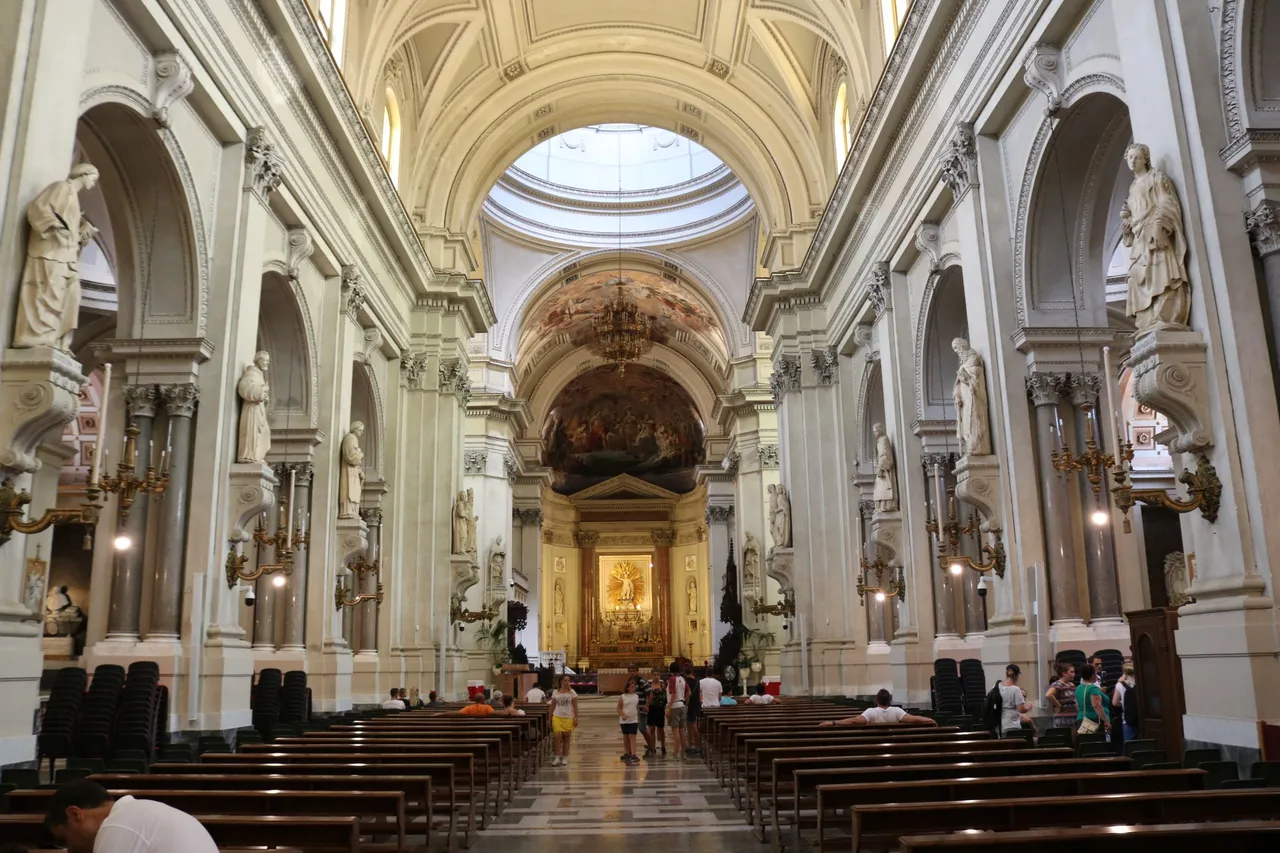
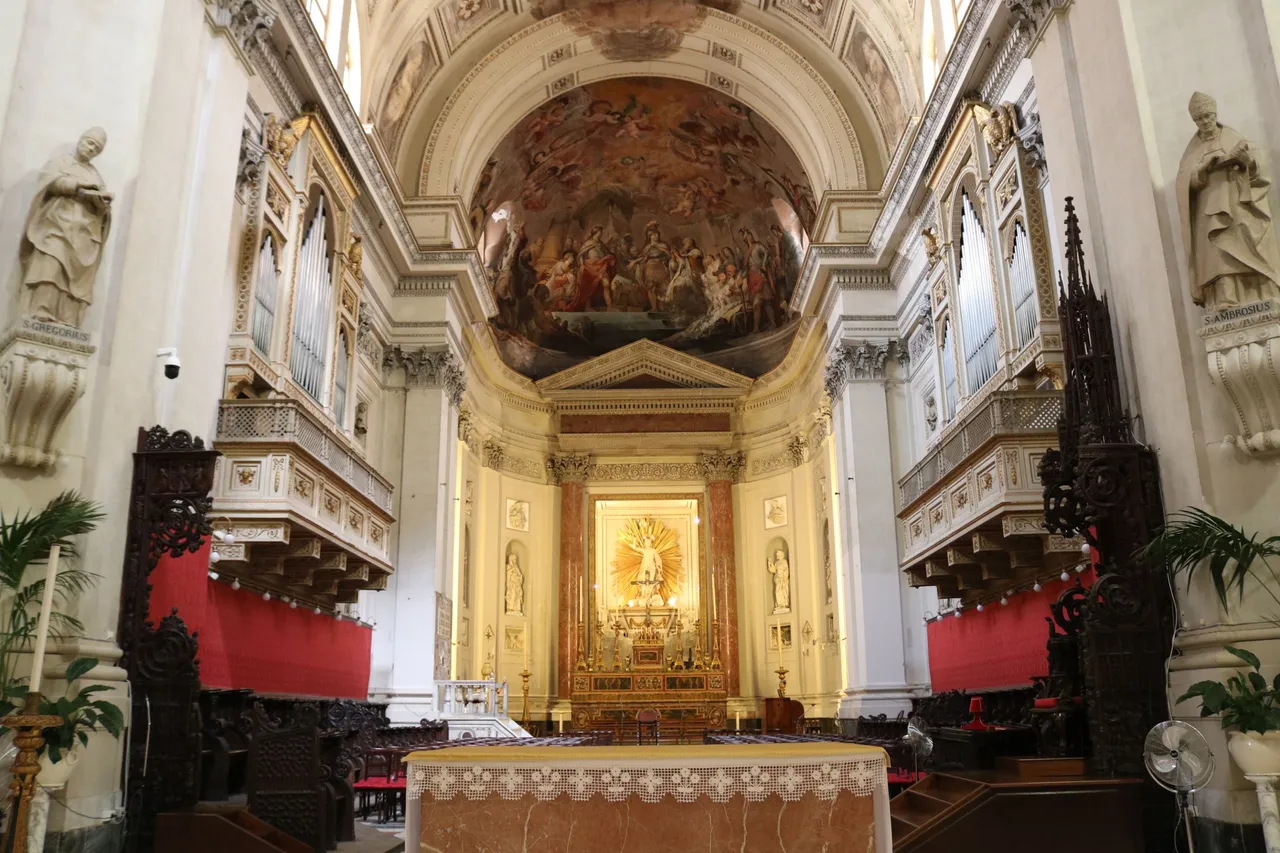

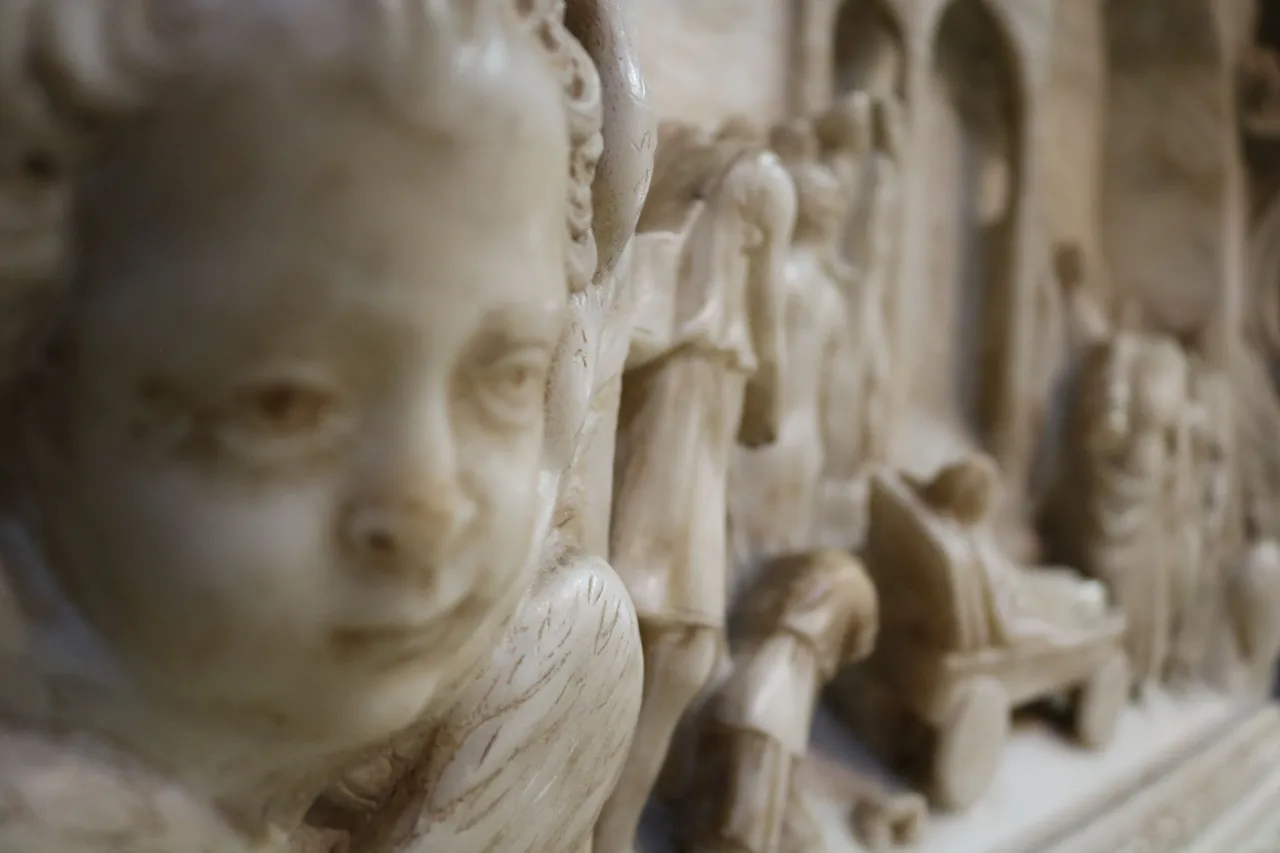

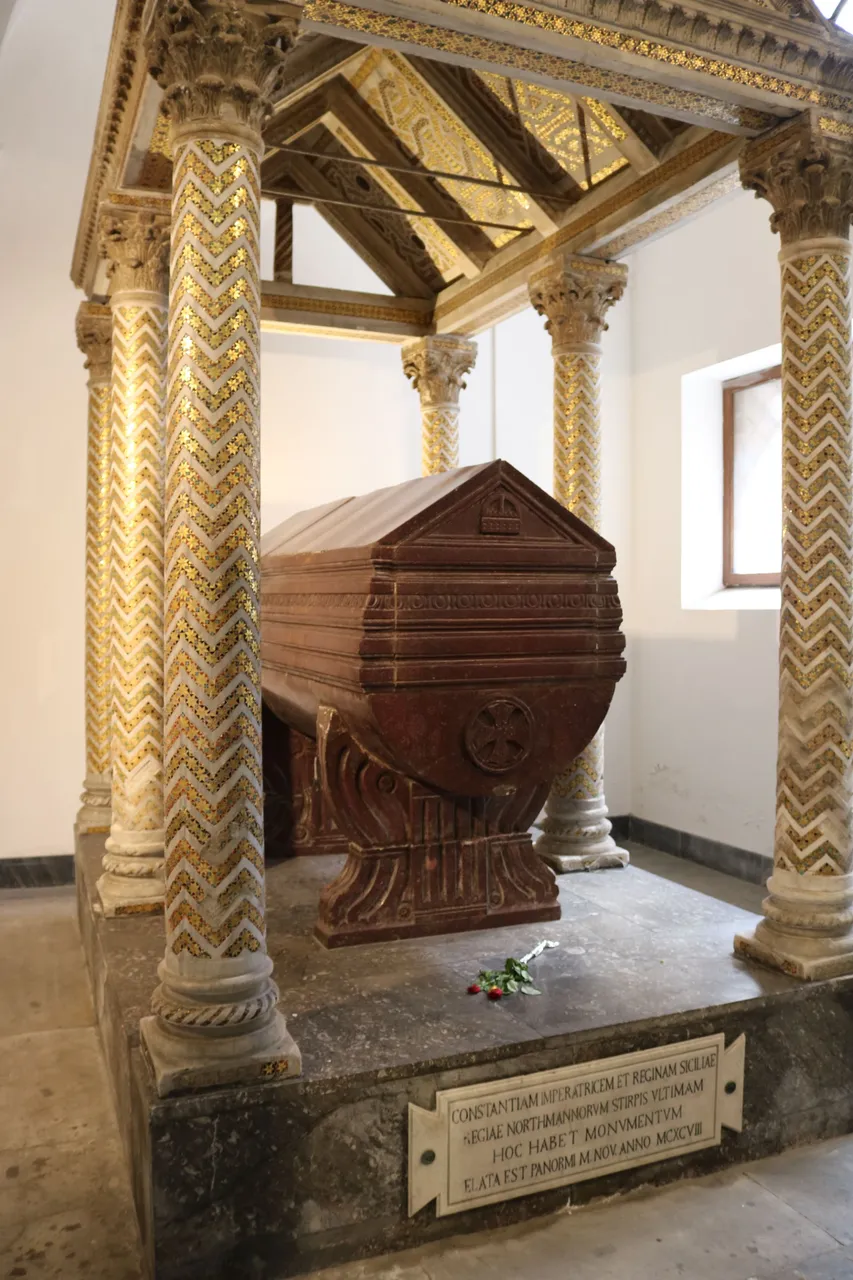
The tomb of the Norman Empress Constance, the last queen of the Altavilla dynasty.
There are so many areas to explore in this cathedral, but I particularly enjoyed the visit to the roof. It was a great way to get a close-up view of the bell towers and see the entire city from above.

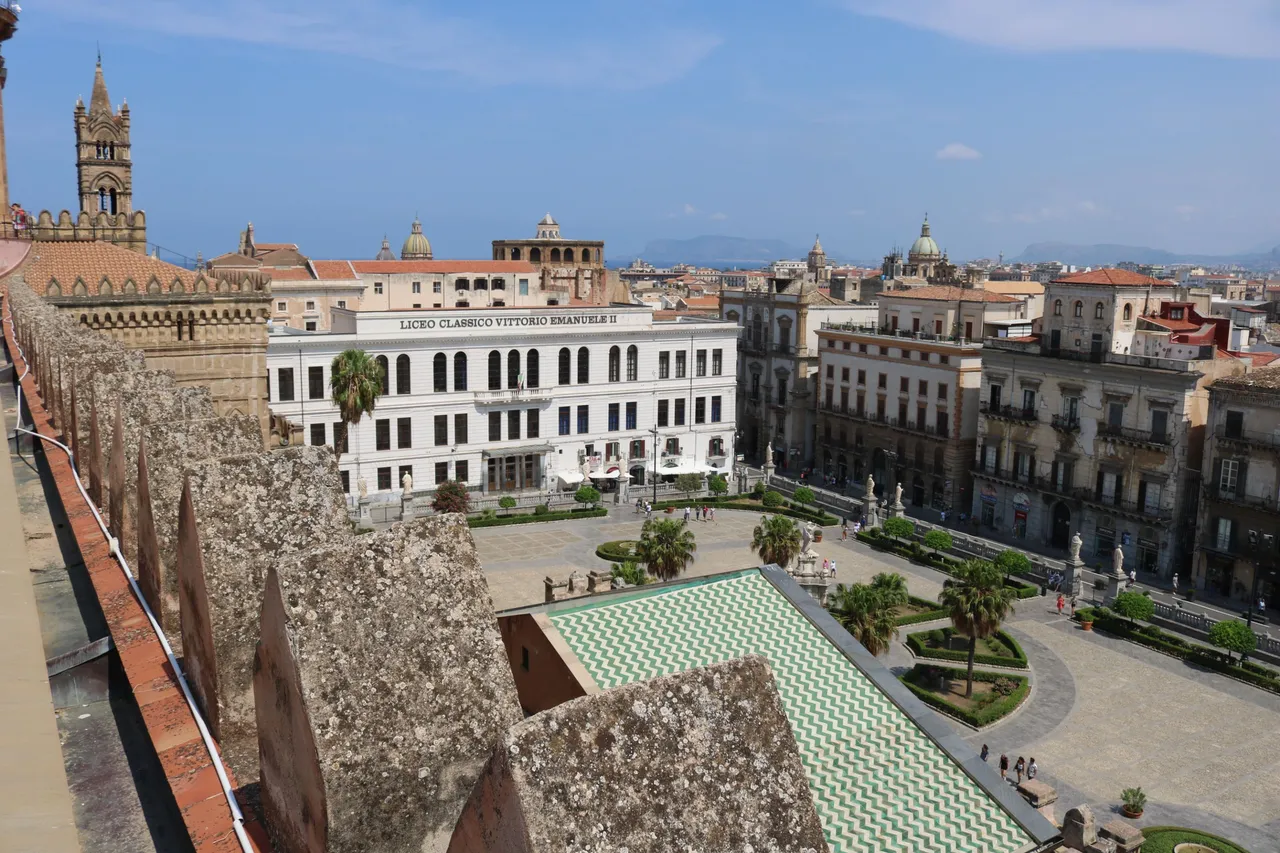
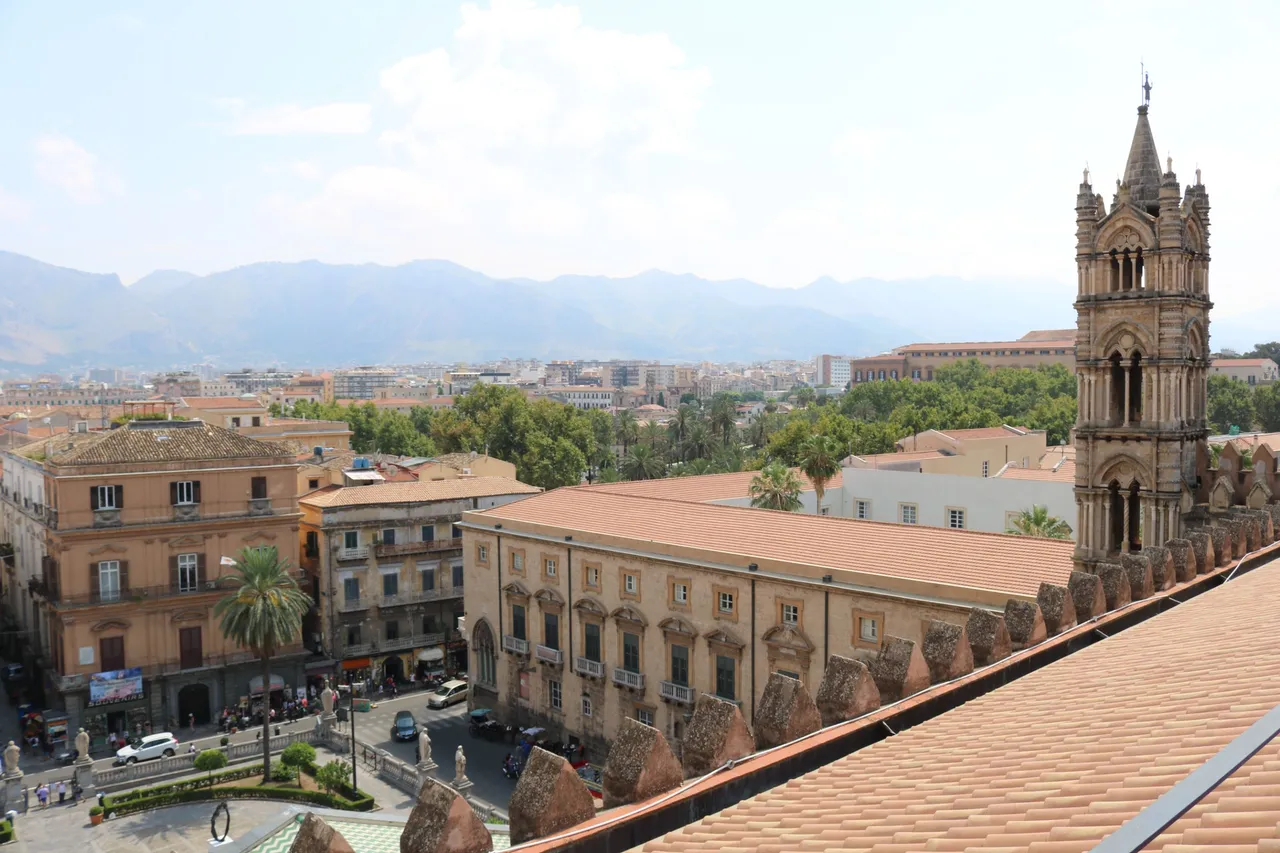
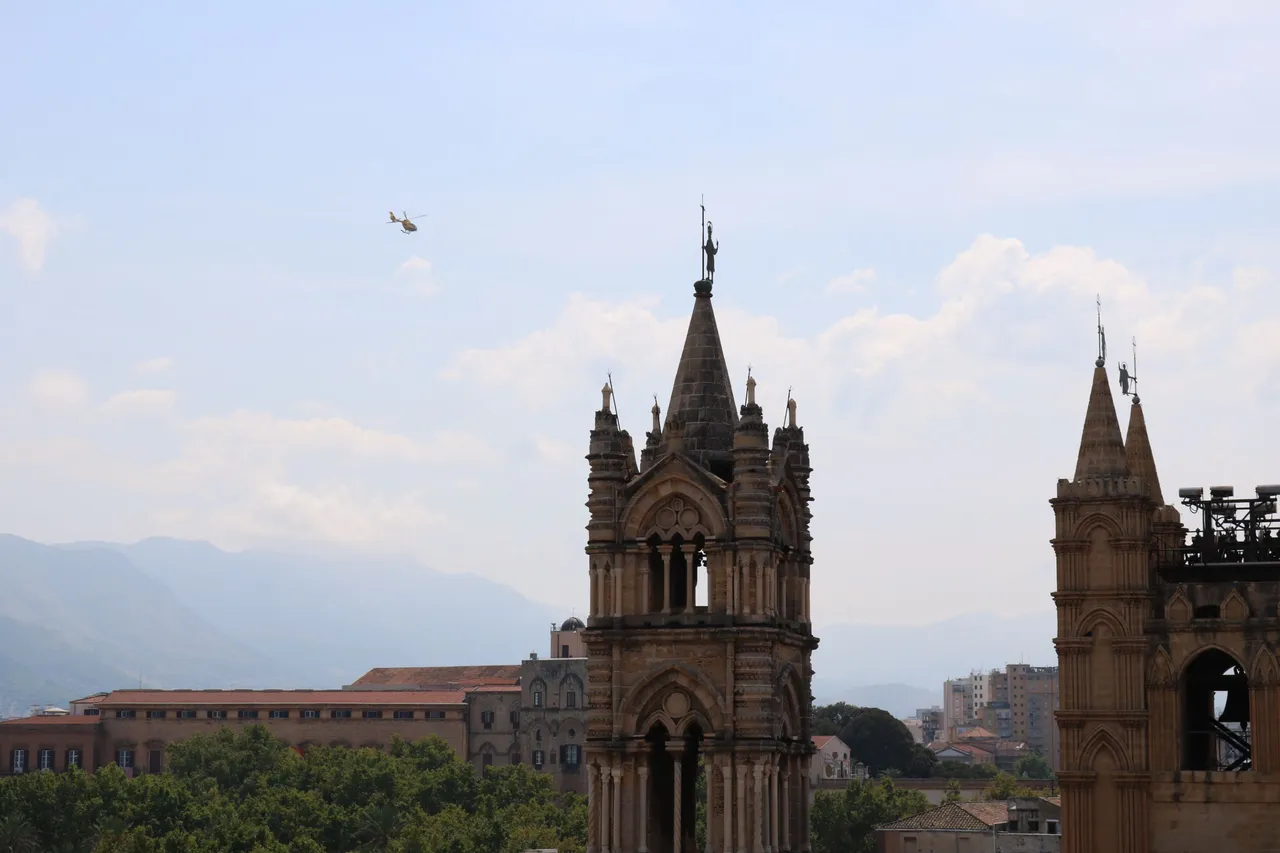
The Pretoria Fountain
This fountain has a very particular story. It was created in 1554 for the private garden of a nobleman from Florence, who, after thirty years, decided to sell it to pay off personal debts. It was then purchased by the Senate of Palermo, who placed it in the square in front of the Palazzo Pretorio, which is where it gets its name. To be transported to Sicily by ship, it was, of course, disassembled into 644 pieces.
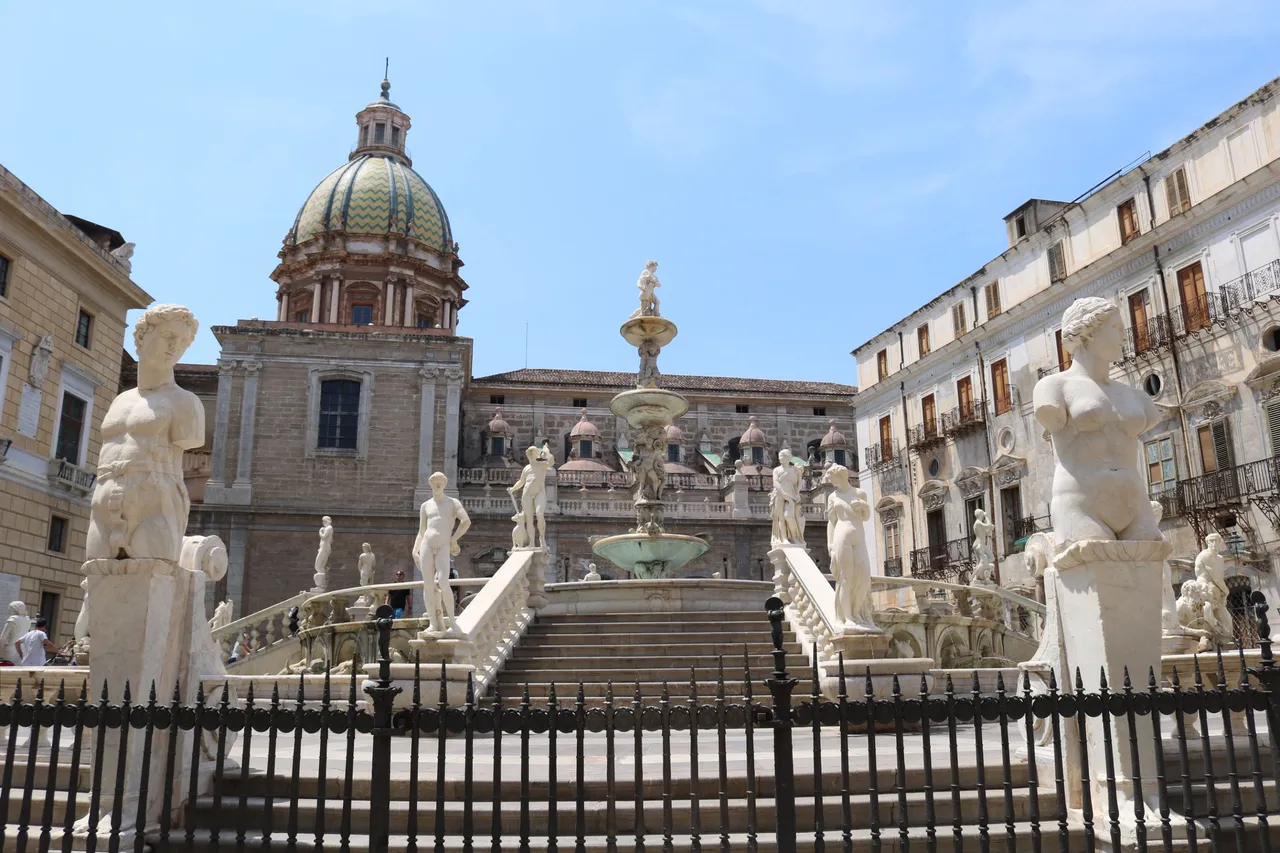
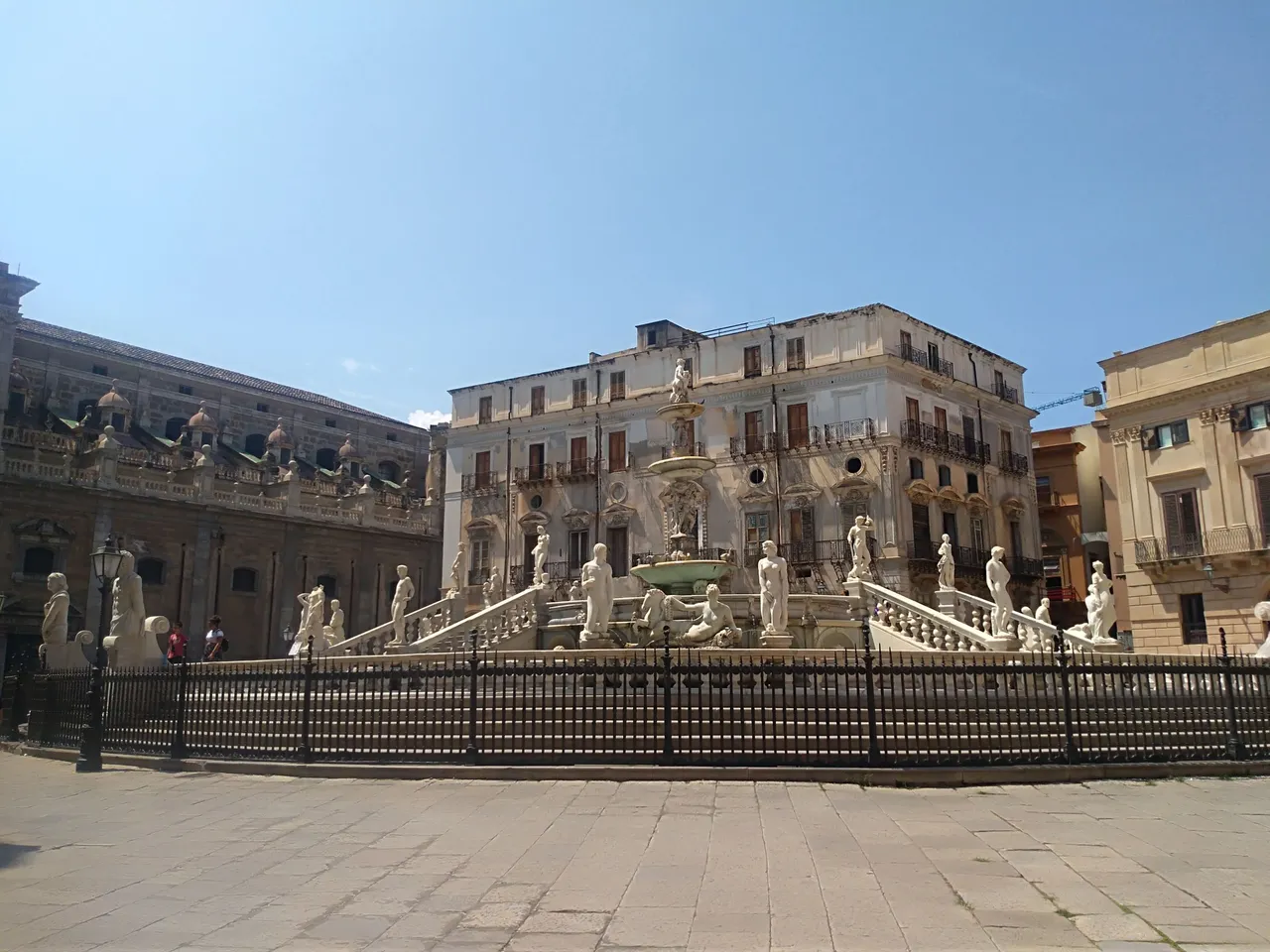
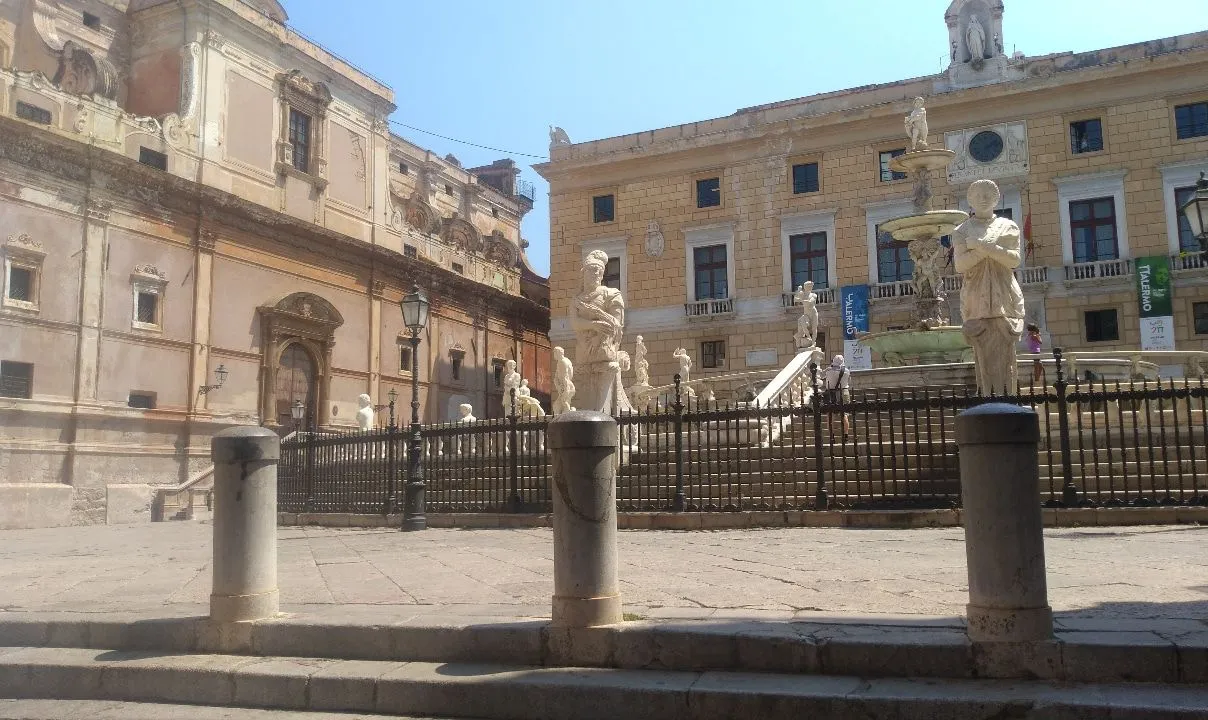
An interesting fact: the citizens of Palermo deeply disliked the fountain, despite its beauty. During the 18th and 19th centuries, it was seen as a symbol of the corruption of the island's government (which, despite foreign control, still maintained a certain level of independence). Moreover, the locals didn't like that the statues were nude, and they disagreed with its purchase because, in addition to the high price, a lot of money was needed to maintain it. For these reasons, it was nicknamed la fontana della vergogna, "the Fountain of Shame".
Over time, however, it has been re-evaluated, even by the locals. Personally, I found it magnificent.
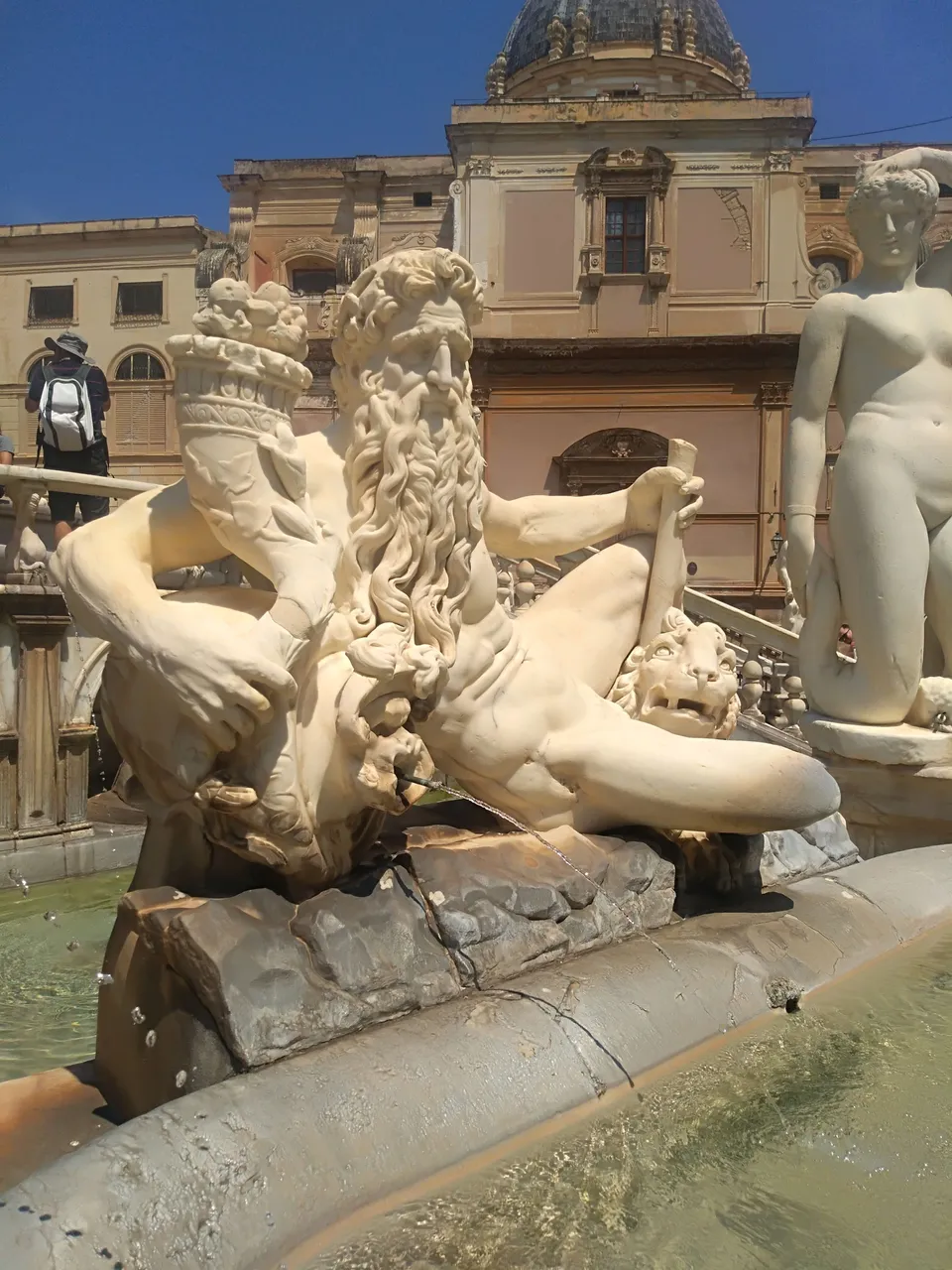
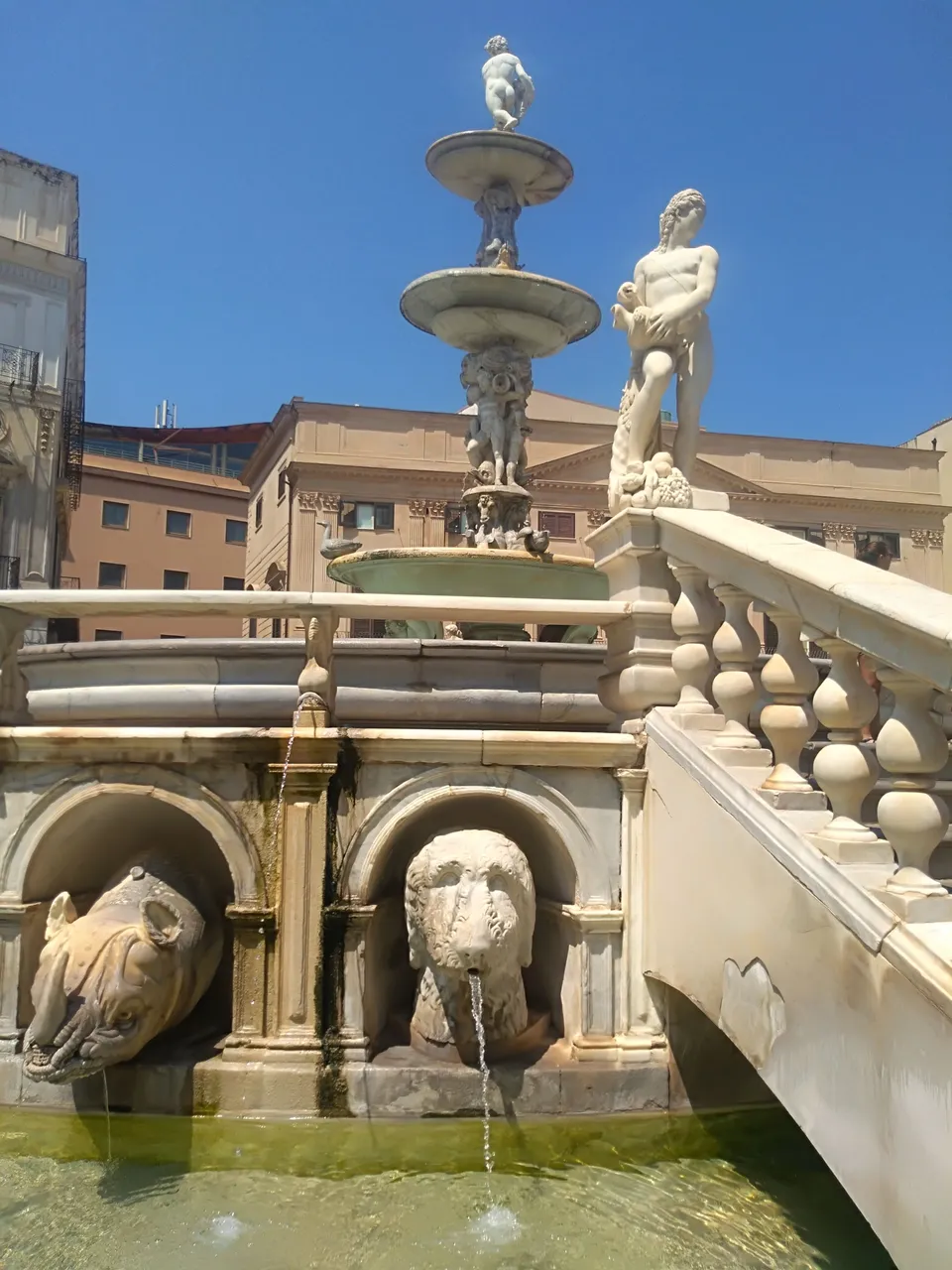
Politeama Theatre
At the time of this trip, I often went to the theater because my girlfriend at the time was a talented actress, and she had passed on her passion to me. So, during my visit to Palermo, I visited the Politeama Theatre with a deep emotional connection.
The theater, located in the heart of the city, was built after the unification of Italy and was inaugurated in 1874.
A few years later, in 1882, Giuseppe Garibaldi died and the theatre was named after him - Teatro Politeama Garibaldi.
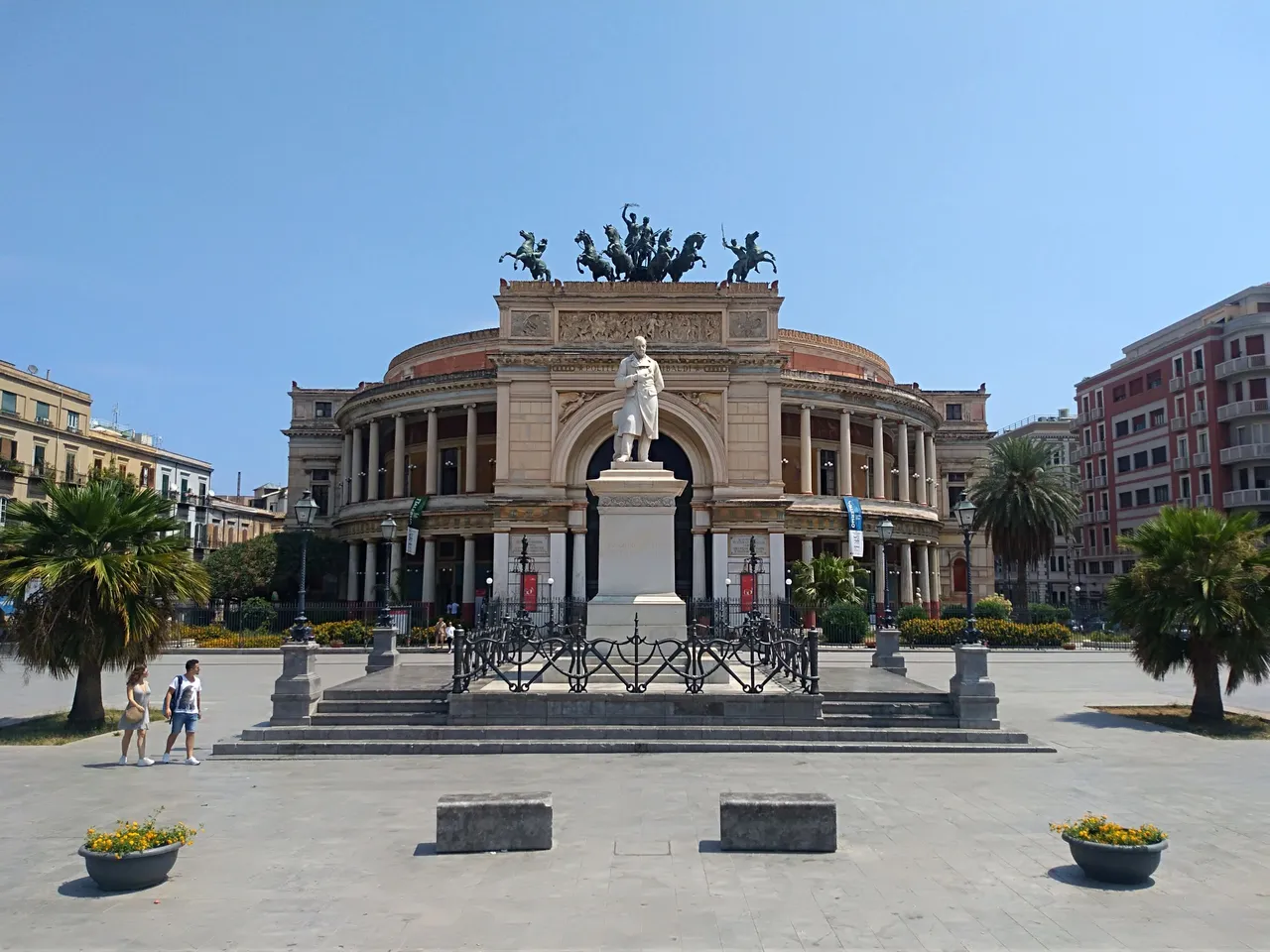
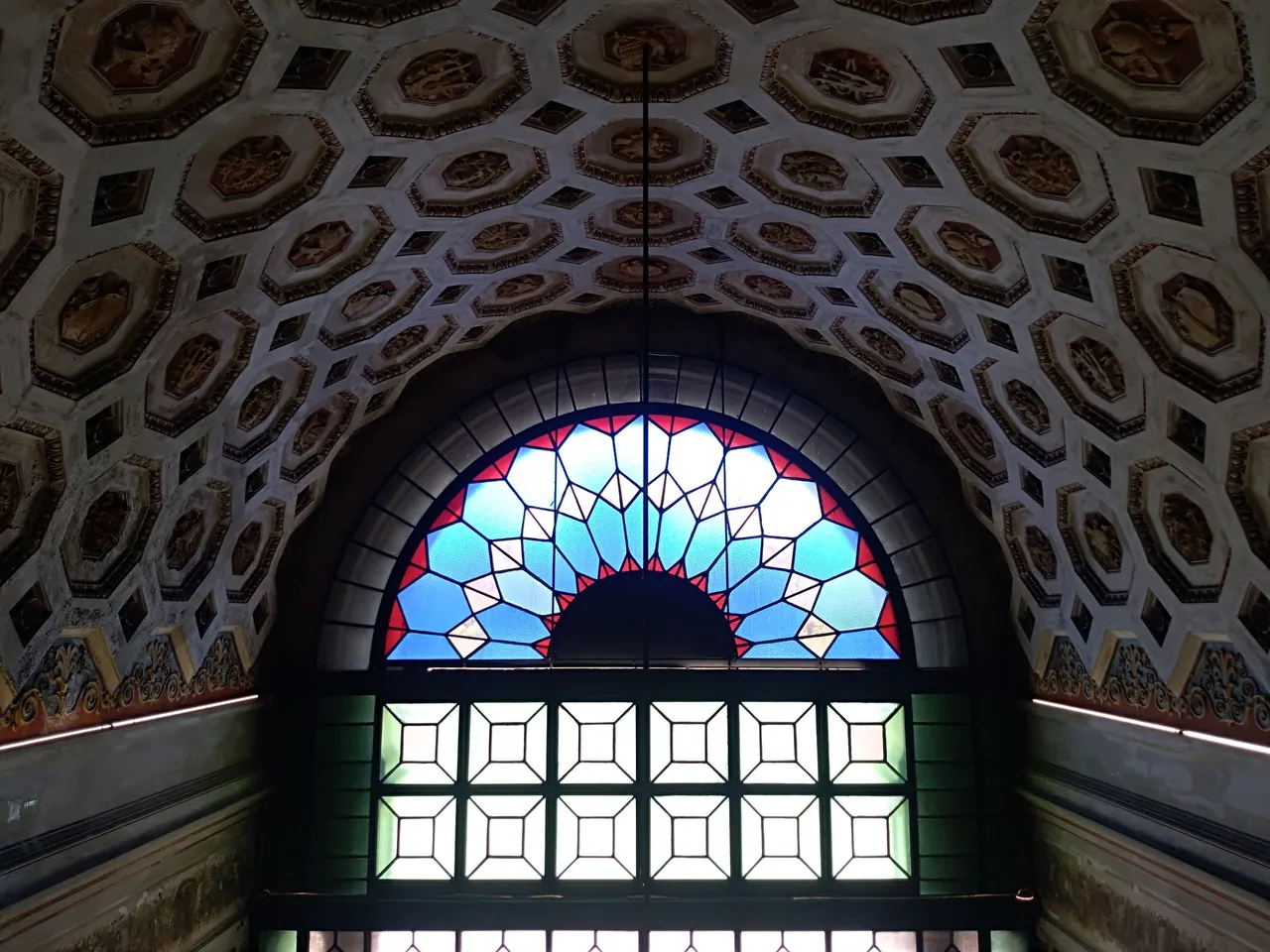

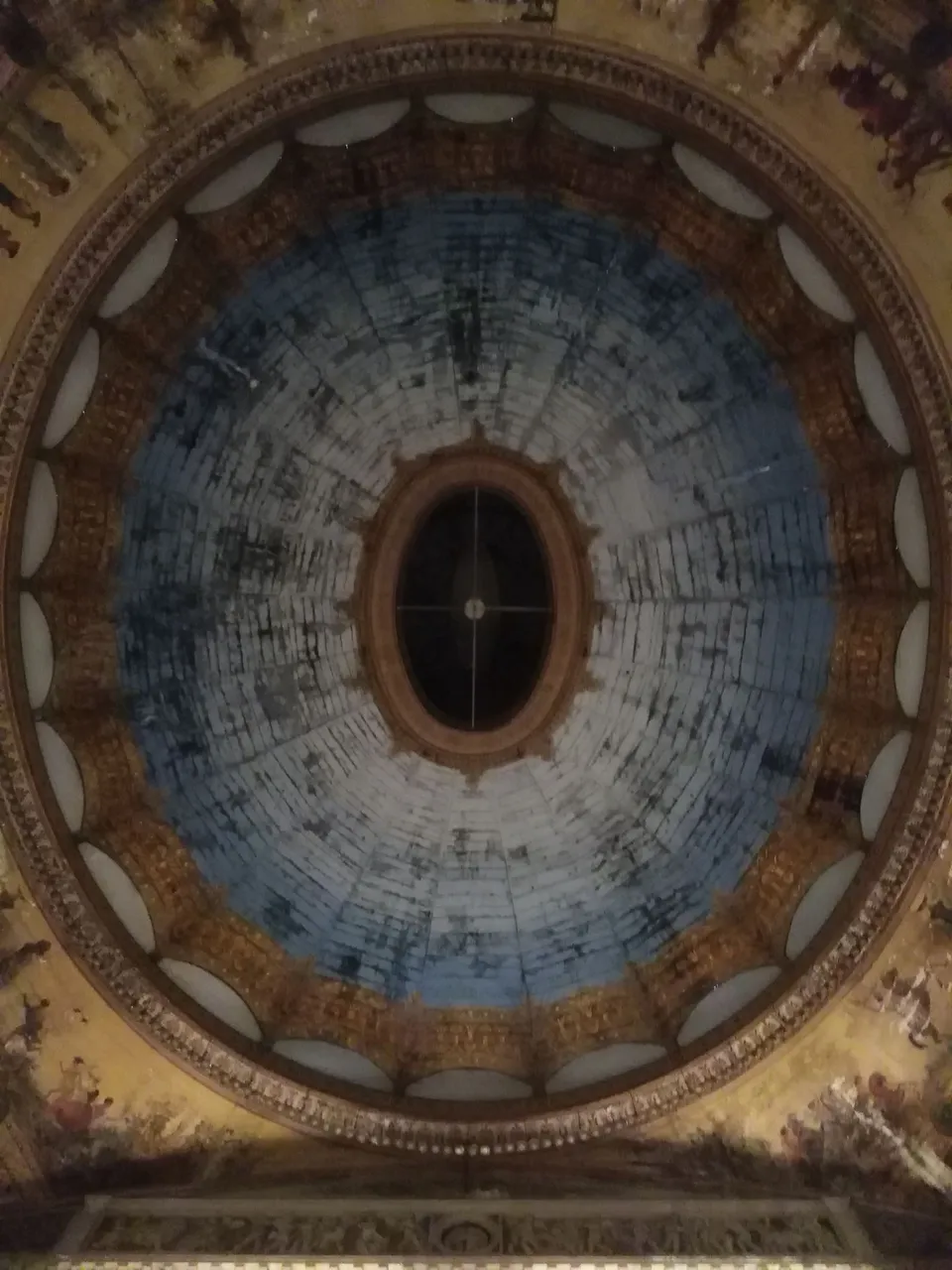
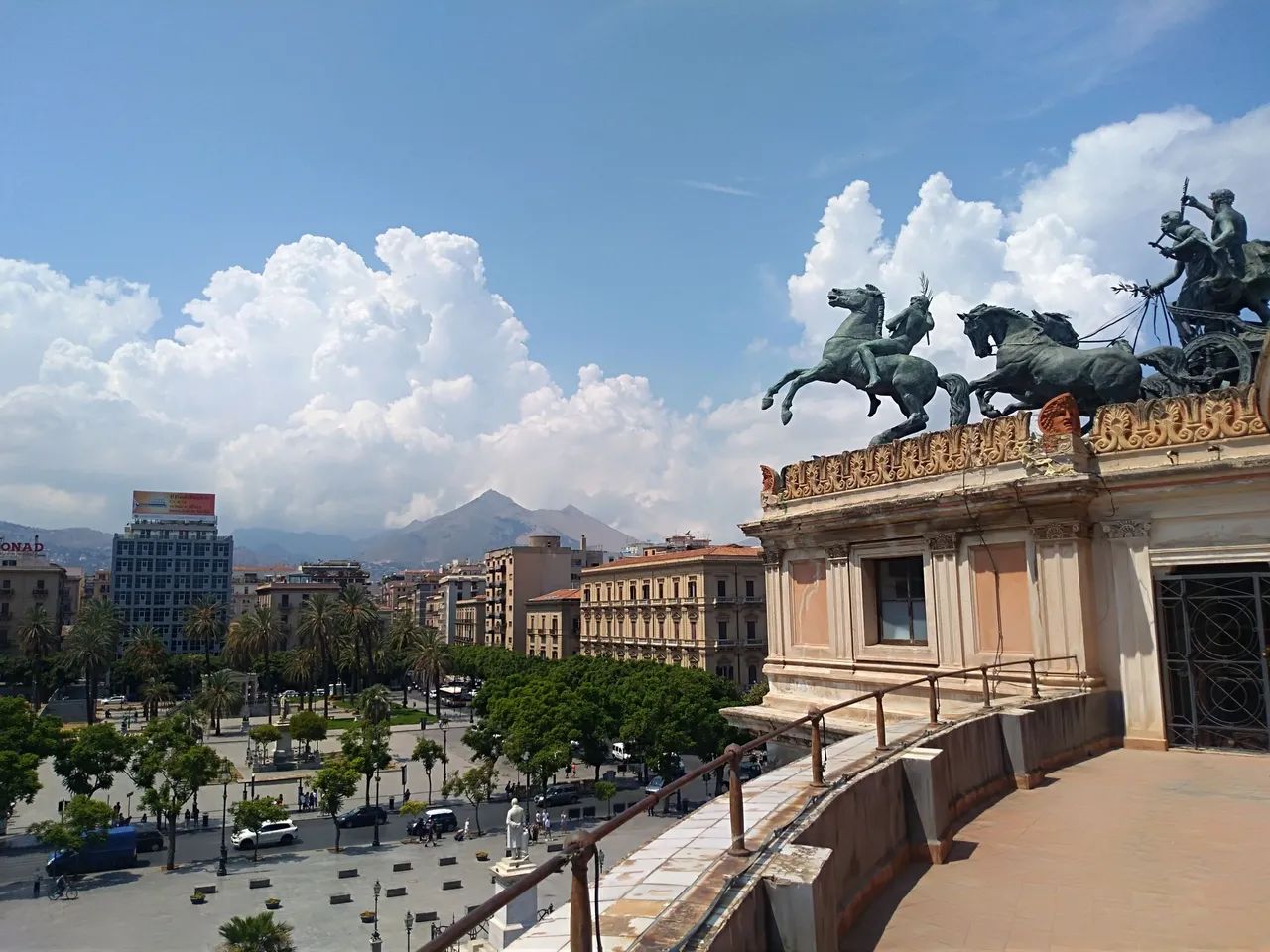
The Popular Culture
Sicilian tradition and popular culture are truly unique and recognizable, even within the context of Italy. There are many differences between Sicily and the other Italian regions, in countless aspects, from the social to the linguistic, from cuisine to art.
One particularly unique aspect is the Opera dei Pupi (Opera of the Puppets), the traditional puppet theater.
The Opera dei Pupi originated in the 18th century as a popular art form and perfectly embodies the historical and cultural memory of Sicily.
The puppets are used to stage performances that tell medieval stories, sometimes inspired by epic chivalric poems, tales of King Arthur, or the great tragedies of authors like William Shakespeare. Other times, the stories are directly inspired by Sicilian history, particularly the Norman kings who conquered the island in the Middle Ages.
What sets the pupi apart from regular puppets is that, through a more advanced technical system, they can move more quickly and fluidly, allowing even duel and battle scenes to be depicted in a precise and captivating way.
Because of its uniqueness, this art form was declared by UNESCO a Masterpiece of the Oral and Intangible Heritage of Humanity in 2001.
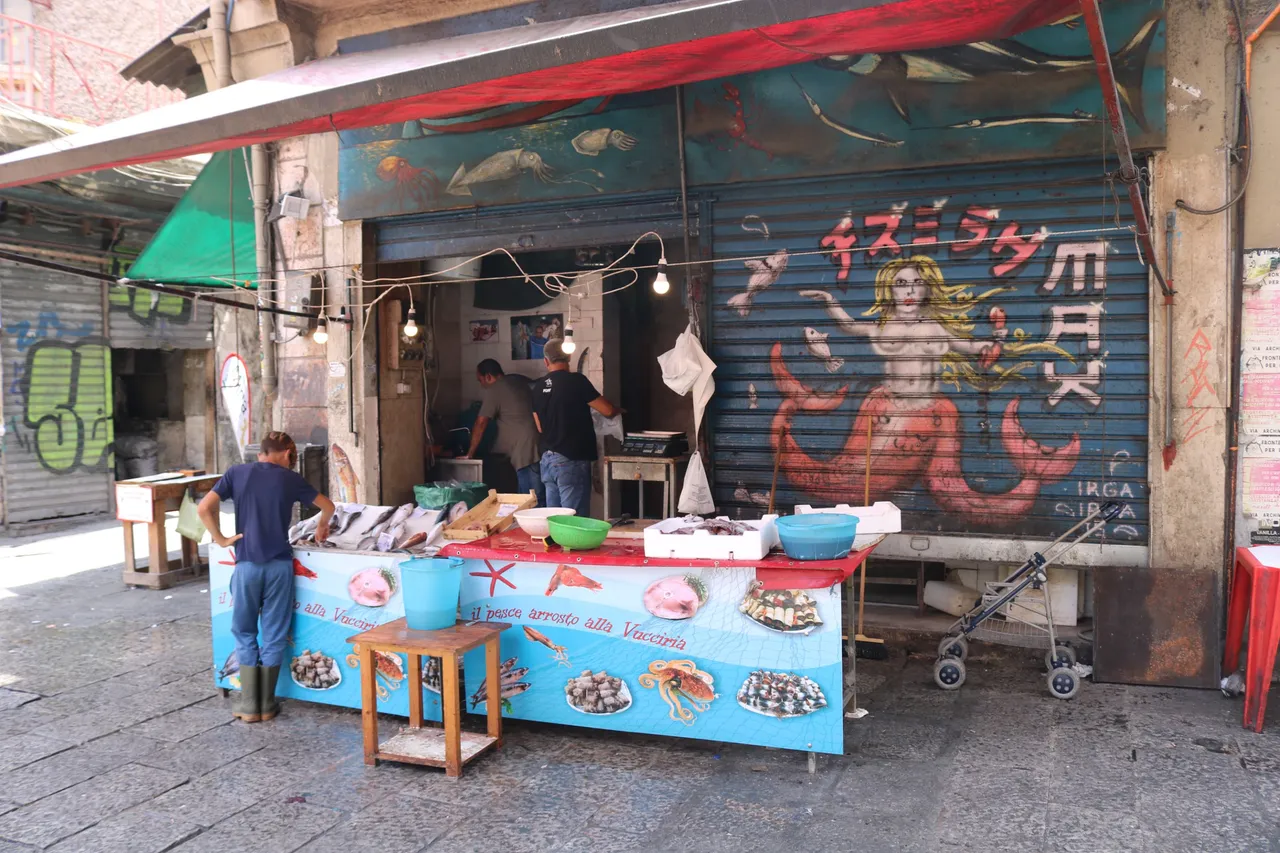
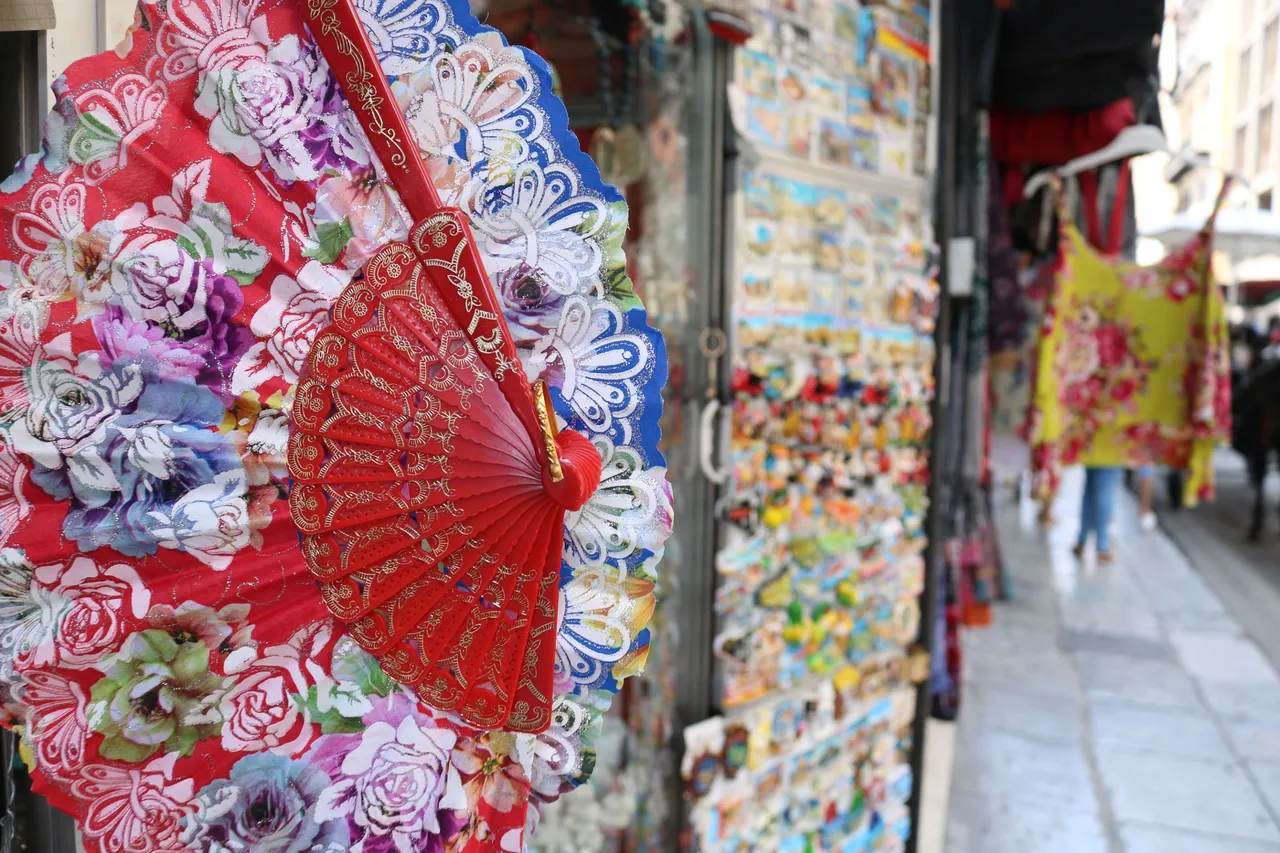
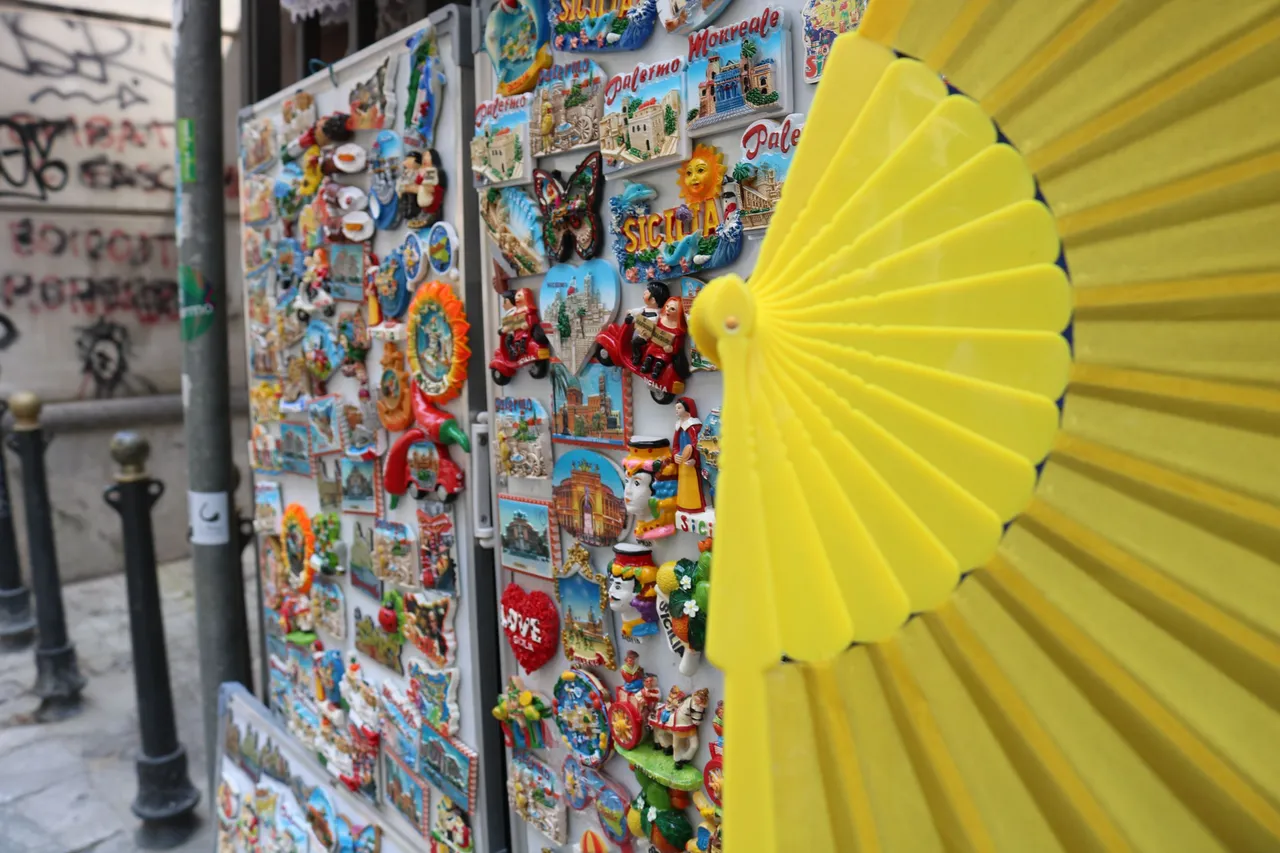
Street food in Palermo is extraordinary, hearty and very affordable. The most well-known and loved dish is the arancino (little orange), a ball of rice coated in breadcrumbs and fried, typically filled with ragù, peas, and caciocavallo cheese, or with diced cooked ham and mozzarella.
This dish could trace its roots back to the island's Arab tradition. A famous 1226 Arab cookbook, in fact, contains the recipe for Nāranjīya, a meatball made with lamb, dipped in beaten egg, and fried to resemble an orange, quite similar to the arancino.
Moreover, the arancino is also called arancina in some parts of the island, and over time, a fun rivalry has developed between those who defend the masculine version and those who support the feminine one, depending on the province. If you ever visit Sicily and want to try this dish, never ask for an arancino in Palermo, and never ask for an arancina in Catania... you’ll upset people! 😁
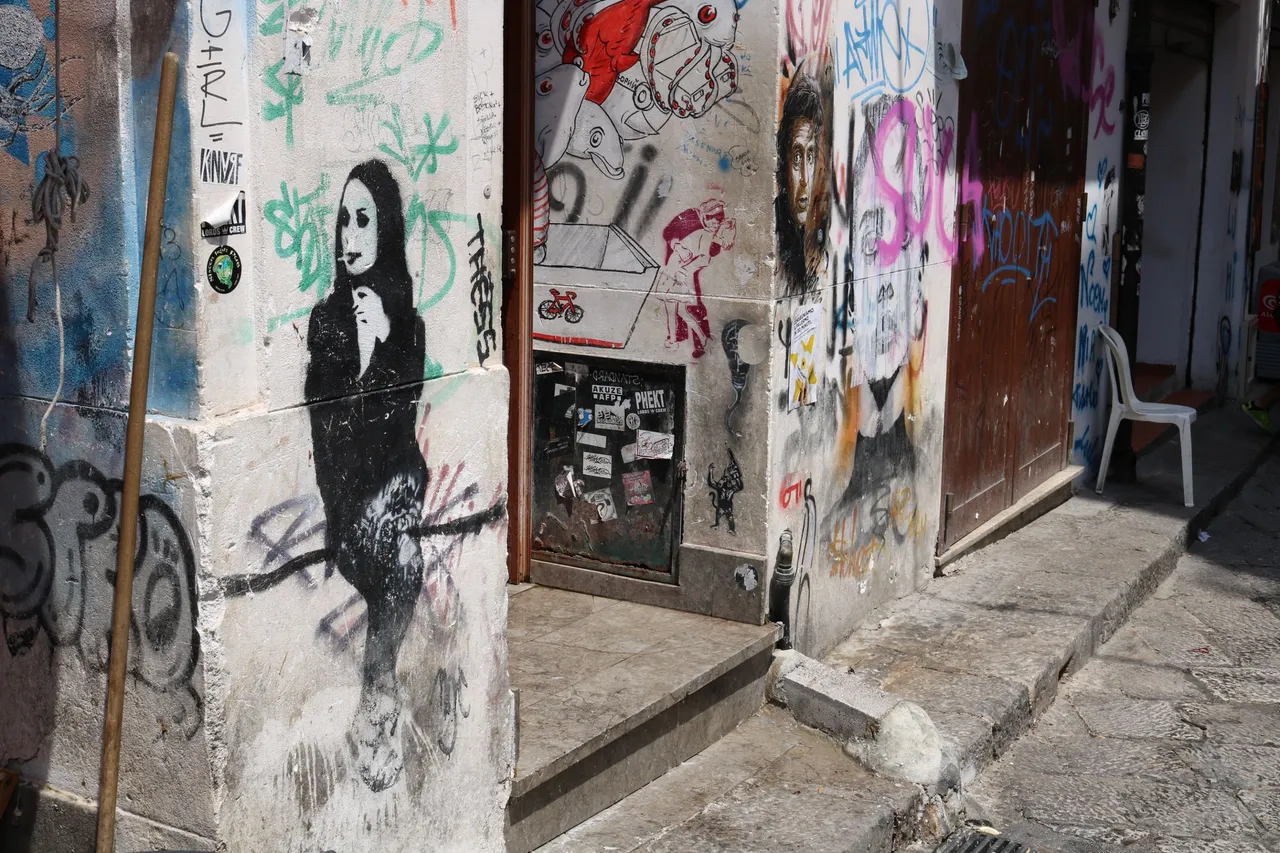
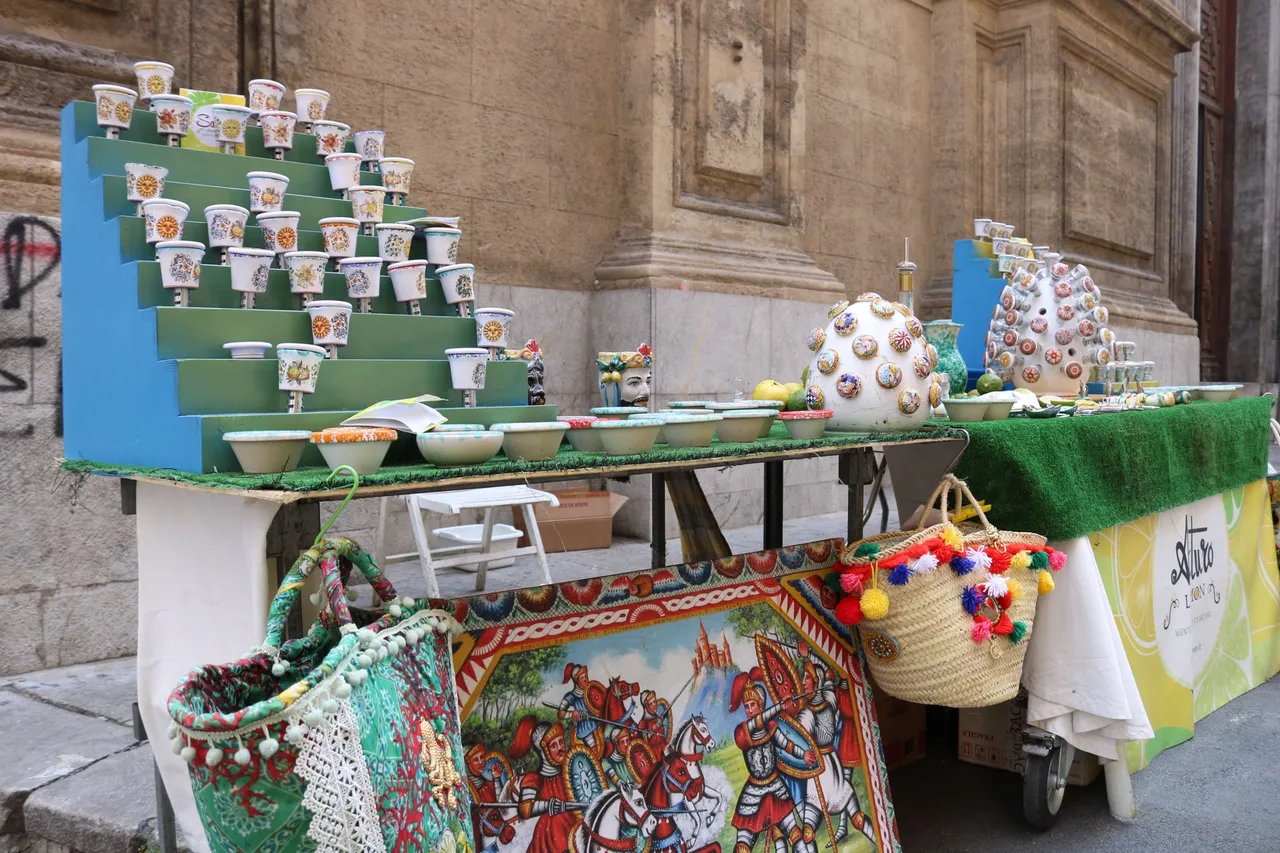
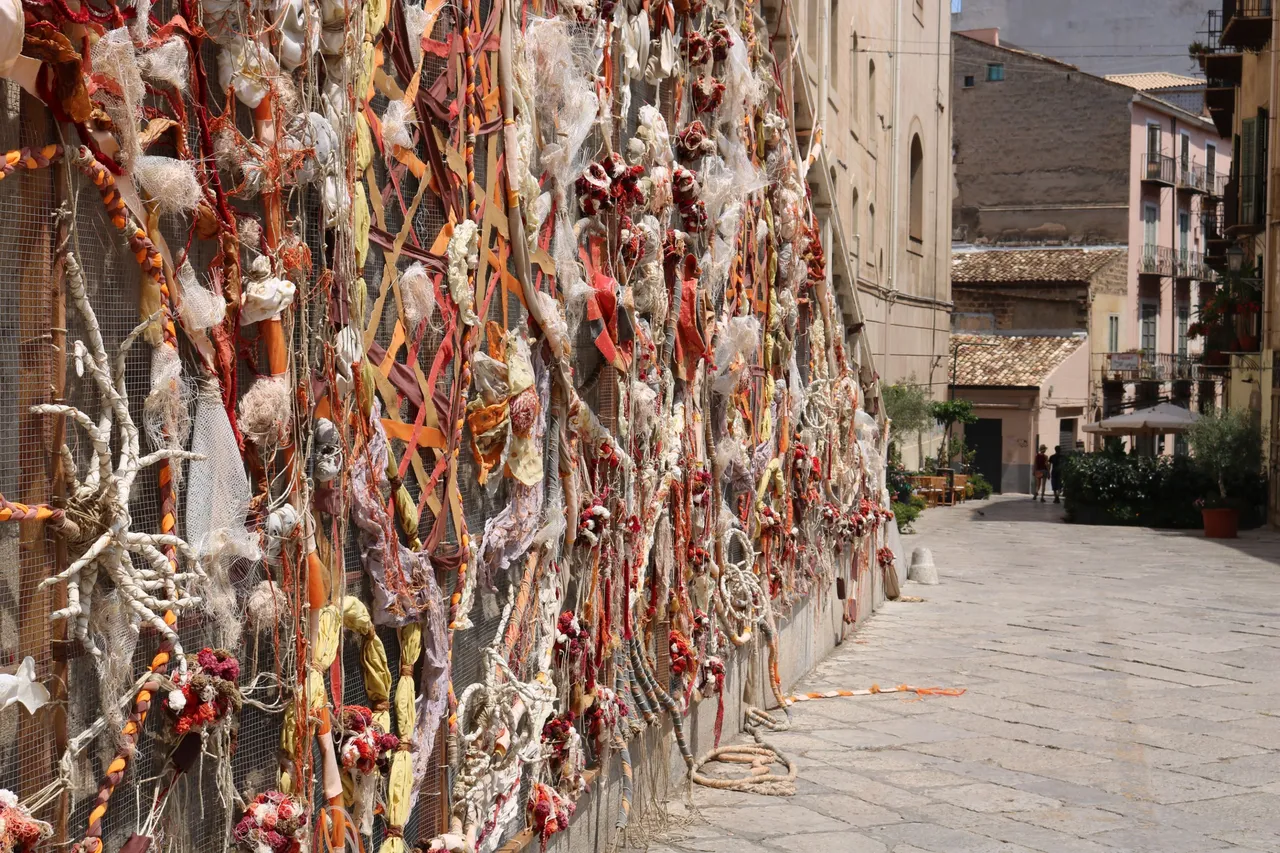
Falcone e Borsellino
It’s difficult to talk about the Sicilian mafia in just a few words, especially in a blog mostly read by foreigners who may not be familiar with the Italian context. That’s not my intention here, at the end of this long article.
However, allow me to pay tribute and keep alive the memory of two of the greatest Italians who ever lived. Two judges, two honorable men, educated, intellectuals, who could have had long lives, wealthy and surrounded by the people they loved.
Instead, even in the face of death threats, creeping cowardice and the indifference of institutions, they chose to do their duty. They knew very well how it would end, but they decided to face danger with their backs straight, as true men, with the goal of pursuing justice and the hope of living in a better Italy and a better world.
For this reason, they lost their lives in 1992, along with the guards who courageously accepted the task of protecting them.
If you're interested, seek out their story online, read and listen to the interviews they gave. Look into their eyes, their gestures, the tension in their movements. You will witness the mafia in its most subtle and brutal form, and you will understand what it truly is.
As for me, I prefer to describe it with the words of another great Sicilian, also killed for justice: "Mafia is a mountain of shit".
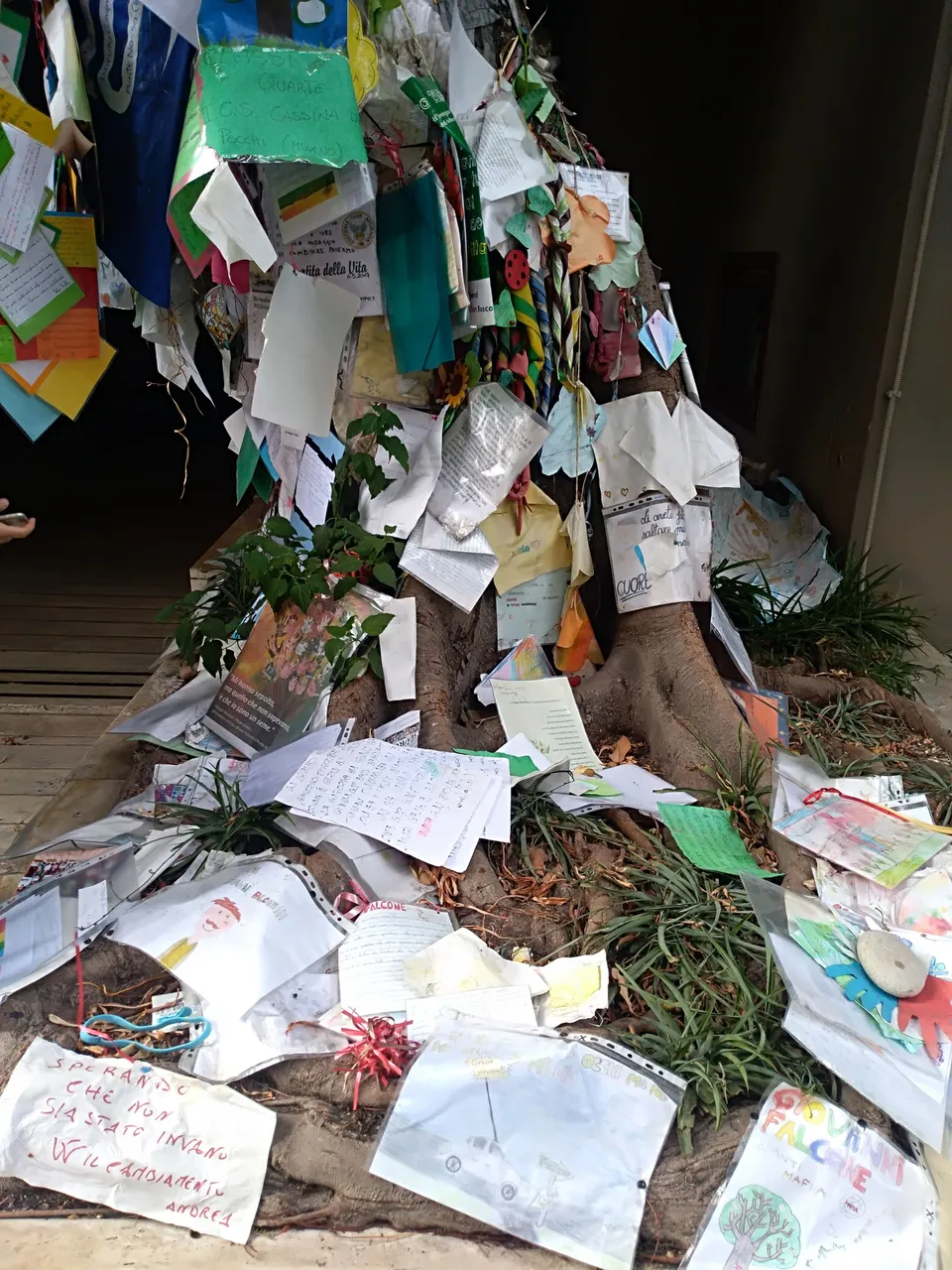
The Albero di Falcone (Tree of Falcone) is a project that combines the fight against the mafia with environmental education for the future generations.
Which of these things did you prefer?
Did you like this post?
Feel free to share your experience, or any similar one, or an emotion that my article has stirred in your heart.
For now, as always, thank you for your time, your attention and your support!
See you soon on the road,
Alessandro
[//]:# ([//]:# (!worldmappin 38.11985 lat 13.35082 long d3scr))

